|
Also available on Xbox One and Windows If you read my reviews of Halo 4 and Halo 5, you'll recall that one of my biggest complaints with the games was the storytelling and the fact that there are a plethora of details that were seemingly skipped and never explained from one game to the other. Spartan Ops was a series of ten five-mission episodes that follows the Spartan-IVs aboard the UNSC Infinity as they investigate the Forerunner planet of Requiem. It takes place after the events of Halo 4, so it does serve to fill a little of the time between Halo 4 and Halo 5. That said, don't expect this to pull the curtain back fully on the events before Halo 5. You play as Spartans with Fireteam Crimson, one of the Spartan teams providing security and helping to investigate Requiem and fighting Covenant remnants and Promethean defenses. As I said, there are ten episodes each consisting of five levels. Each episode has a cutscene to introduce the episode. These cutscenes are probably the most interesting aspect of Spartan Ops in my opinion; they're very well done regarding narrative, and the levels themselves, by and large, tend to feel pretty generic. Kill Wave 1 of enemies, press Button 1, kill Waves 2 and 3 of enemies, press Button 2, kill Waves 4 and 5 of enemies, press Button 3, kill Wave 6 of enemies, reach designated position, mission over. That's how most of them seem to play out. To be sure, some are more varied and interesting than that, but that's the typical Spartan Ops mission. If you're into achievement hunting, there's some reason to play here; you get an achievement for completion each of the ten episodes as well as one for completing all of them. Not only that, but if you're playing on the Master Chief Collection, these missions help wrap up some of the Promethean kill achievements. These missions are meant to be played co-op, so they're probably more fun that way than solo as I played them, but they're pretty average. They do get pretty challenging, though; there was one mission that spawned a dozen and a half Hunters for me to kill by myself (thank goodness it lets you respawn). As is the case with Halo 4 and Halo 5 in general, Spartan Ops is definitely worth playing if you're a big fan of Halo. If you're not especially interested in the greater world, lore, and events immediately after Halo 4, then you can skip this without worry. In a lot of ways, it feels like a super low budget sequel to Halo 4. That said, I love what they tried to do here; it's just a shame that's the concept so outstripped the execution. It's not nearly as offensive as Halo 5, but it's a pretty take-it-or-leave-it affair overall. My Rating - BYou're a kid out with mom. "Mom, I want Halo!" you plead. "We have Halo at home," your mom says. Halo 5: Guardians is what y'all have at home. With Halo 4, 343 kicked the series in the balls and knocked it down; with Halo 5, 343 curb stomped its skull. Halo 5 more or less took everything I hated about Halo 4 and doubled down on it. That's not to say that the game is 100% garbage or anything, and I'm going to give credit where it's due, but there's a LOT that 343 screwed up with this game, and their actions since its launch indicate that they'd agree with me to some extent. My biggest complaint with Halo 4 was the story, and that's my biggest complaint here, too. Basic synopsis is that Master Chief ignores orders from his UNSC superiors to go look for Cortana who briefly contacted him through means that honestly never get adequately explained, and his Spartan team goes with him. The UNSC then sends a team of Spartan-IVs to apprehend Master Chief and his now-AWOL team. That set-up is my first issue; Master Chief isn't truly the antagonist of the game, but he's not the main protagonist, either. He sort of floats somewhere between the two. Beyond that, I think the game's story is just plain bad in general, but the way they tell it makes it even worse. A Halo game doesn't have to have Master Chief to be good - Reach and ODST proved that - but to have Master Chief be the playable character in only like 15% or 20% of the game just feels off especially when he's positioned as an almost "bad" guy for part of the game. Swing and a miss, my dude. But at least Nathan Fillion's character from ODST makes a comeback, and he makes everything better. Now, to be fair, the game looks phenomenal on Xbox One. However, the performance leaves some to be desired. It seems like 343 went with a "graphical fidelity over performance" approach early on with Halo. To some extent, Halo 4 showed the same thing, but the performance issues are a lot more noticeable with Halo 5. There are a lot of frame rate drops throughout the game, and most annoyingly, enemy models will drop to half the target frame rate when observed at a distance, and it doesn't even have to be that great a distance before the model's frame rate drops. It's extremely jarring once you notice it. I played on Series X, and there were still a plethora of performance issues. Speaking of, Halo 5 never got a Series X optimization patch. That's noteworthy because the Master Chief Collection did get an optimization patch, and it's a year older than Halo 5. To me, that indicates that 343 knows that Halo 5 is the weakest entry in the series because it's literally the only main series game not optimized for Series X. Another similarity that Halo 5 has with Halo 4 that I personally found to be a negative aspect but in a completely subjective way is that it's clear that 343 prioritized the multiplayer over the single player. The multiplayer was excellent in Halo 5, although it didn't have the staying power that the Master Chief Collection had once the newness of it wore off and 343 fixed the numerous issues with which the Master Chief Collection launched. To Halo 5's credit, it definitely did a lot to energize Halo's eSports standing, but it's a shame that Halo 5 seemingly traded lower quality in the single player for higher quality in the multiplayer. Even with the strong multiplayer, though, Halo 5 is an all-around disappointing experience to long-time fans. Halo 5 is the Godfather Part III of the Halo series. The campaign's story is bad in theory and worse in execution, and worst of all, it ends on a cliffhanger that never gets resolved; 343 completely abandons this story thread about Cortana and shifts over to the Banished in Halo Infinite. The multiplayer, while good, is pretty much dead; Master Chief Collection quickly passed it in quality, and when Halo Infinite came out, that was the final nail in the coffin. If you're big into Halo lore, Halo 5 is definitely a game that you need to play through once, and if you're not into Halo at all and don't know anything about the lore, you'll probably enjoy it since you've got no investment in the lore or characters, but honestly, while it's an okay sci-fi shooter, it's a terrible Halo game. That said, it is a pretty game, and the gunplay mechanics are smooth and well-done. Just don't expect a worthy successor to Bungie's Halo games. My Rating - CTo most millennials, Space Jam: A New Legacy is heresy. Space Jam needs no legacy beyond what it already had, and replacing a living basketball god like Michael Jordan with an admittedly talented but no #23 god like LeBron James? Blasphemy. I do love me a good video game, though, and since I already had Game Pass Ultimate, I figured why not? I'll give it a shot. Space Jam: A New Legacy - The Game is a pretty basic beat 'em up. You get to play as either Bugs Bunny, Lola Bunny (who I'm convinced is why so many milennials are furries), or LeBron James. They all feel pretty much the same, but while I'm pretty sure this was just the placebo effect, it did feel like LeBron was a little stronger than Bugs or Lola. The game looks okay. It's a pixel art game that mimics a 16-bit art style, and while I'm beyond sick of pixel art games since they're a dime a dozen in the indie scene, but it looks fine. In addition to your player character, you get to choose another character as a card to determine your especial ability. Tweetie gives you extra strength, Taz gives you the Rampage ability, the old granny whose name I always forget makes food drop to restore health, etc. Each level you beat unlocks a new character card. Speaking of those levels, there are only four. Each level is capped off by a boss, but none of these bosses are particularly difficult. I completed the entire game start to finish in 32 minutes. That's way too short. Granted, the game is free and just a marketing gimmick, so you can only expect so much, but still, it's pretty disappointing that you can start and beat this game faster than you can watch an episode of Star Trek without commercials. It wouldn't be so bad if the game were really good, but it's not. It's the most painful mediocre beat 'em up I've ever played. It's perfectly functional, and it supports three player co-op, but there are a TON of co-op beat 'em ups. Outside of "OMG I LOVE SPACE JAM," there's absolutely no reason to pick this one. For a product given away for free, Space Jam: A New Legacy - The Game is fine. I mean, my personal rule is that you've got to really try to make something free pan out to outright "bad." As a game judged on its own merits aside from the $0.00 price tag, though, this game is bad. It controls okay, it supports co-op, and you can play as everyone's favorite rabbit waifu, but honestly, it's kind of boring. If you want to play a beat 'em up, play TMNT. Play Sailor Moon. Play River City Girls. Play Double Dragon. They're all better than Space Jam. My Rating - DAlso available on Xbox 360, Windows phone, iOS, and Windows Like Halo Wars, Halo: Spartan Assault marks another genre shift for the series. This is a twin stick shooter; think Robotron but significantly more advanced. While this is definitely a side game and one that most Halo fans probably haven't even played, it does fit canon and fit neatly into the timeline and the lore. Halo: Spartan Assault takes place between the events of Halo 3 and Halo 4. It follows a couple of Spartan-IVs - Spartan Palmer and Spartan Davis - who end up being the spearhead of the defense against a surprise attack by Covenant remnant forces on the UNSC colony of Draetheus V and its moon, X50. Technically, the player assumes the role of UNSC marine cadets who are reviewing combat simulations of this battle, but as far as the actual gameplay goes, you're either Spartan Palmer or Davis. The story is fairly forgettable, and the "plot twist" at the end is honestly kind of dumb in my opinion, but despite all that, the story is well told for what it is. The gameplay, as well, is also a lot of fun. It feels almost like it could have been made into an actual Halo arcade game with a little more effort and funding. My biggest complaint with the game is how the story is told; it's mostly done through a short intro video before each of the campaigns and through a couple of paragraphs of text that precede each level. It's not ideal - I'd have much preferred actual cut scenes to deliver the story - but that's a fairly minor complaint. For a relatively cheap game - it's only $5 - it looks surprisingly good. Granted, the far zoomed out camera makes the kind of fine details that are easy to nitpick in textures hard to see, but still, regardless of why, the game is quite pleasing to the eye. Controls are very smooth and intuitive, and while aiming can be a little tough to do precisely due to the nature of twin stick shooters, it's not a big hindrance at all to one's enjoyment. Halo: Spartan Assault is a lot of fun for a $5 budget spin-off. That said, it's still an obviously budget game. It's six campaigns are each five levels long, and each level averages somewhere between five and ten minutes assuming you don't die. This makes for a pretty fair length game for $5, but it's still a fairly short experience, and while the story is enjoyable, the method with which it's delivered makes it feel less engaging than what you'd get in a core Halo game's dialogue and cut scenes. As a total package, it definitely feels like a side game that wasn't given a big budget or a big team, but despite that, it's definitely a worthwhile play for Halo fans. My Rating - BAlso available on Xbox One and Windows Halo 4 marked the end of the Bungie-developed Halo games and the beginning of the 343 Industries-developed Halo games. In other words, this is where Halo starts is decline in quality. The Covenant saga is over (although the Covenant are still here in a sense), and the "Reclaimer" saga has begun. You know how, after Goa'uld were defeated in Stargate SG-1, they tried to introduce a new antagonist and story arc to keep it going, but it just kind of sucked? Yeah, that's Halo under 343 prior to Infinite. Halo 4 was the first game in the series that I was able to play on release because it was the first game that came out when I had an Xbox. To say I was disappointed in the game is an understatement. The game starts with Master Chief being brought out of cryosleep after an accident left him and Cortana adrift in space far from Earth for over four years. He finds himself on Requiem, a Forerunner shield world. Unfortunately, he's not alone; what he awakens to find is an attack by Covenant remnants. This opening part of the game feels right at home - you're Master Chief, kicking Covenant ass like old times. Unfortunately, that's where things get weird. The Covenant remnants aren't your main antagonists here; the Prometheans are, Forerunner-created military AIs (sort of) that are led by Ur-Didact, a Forerunner. Or a Promethean. Or some mix of the two, I don't know; the game isn't super clear on that point. That's my biggest gripe with the game - the Forerunners. 343 went and retconned established lore; Halo had strongly hinted at it since the original game, but in Halo 3, 343-Guilty Spark outright confirms to Master Chief that the Forerunners were ancient human. In comes Halo 4, and suddenly, nevermind, they were weird flat nosed Odo-looking aliens that hated humans. It's not that Forerunners being separate bothers me on its own; it's that it contradicts established lore. Aside from that, the game is okay. The storytelling is pretty bad - there are multiple instances where something happens and the game doesn't explain it well at all - but the gameplay itself it fun enough. The story and storytelling is its biggest flaw; as my buddy Patt put it, "I shouldn't have to read three tie-in books just to understand the story of a video game." To the game's credit, it looks amazing. Like, when this game first came out, I couldn't believe I was looking at an Xbox 360 game. After seven years of the Xbox One and two years of the Xbox Series X, it's not quite so mind blowing these days, but still, for a game on a console that launched in 2005, this game these visuals are incredible. Halo 4 makes me sad because it's the harbinger of Halo's decline in a lot of ways. It had great multiplayer, and it looked incredible, but the single player was just disappointing. It was fine - certainly not as bad as what came next - but it just utterly fails to live up to the incredible foundation that Bungie laid for them. It's not a bad game, per se, and I did enjoy playing it, but as someone who plays Halo for the world and the story more than anything else, it was just frustrating and disappointing. My Rating - BAlso available on Xbox One and Windows Halo 3 was the series's first foray into HD. As the conclusion to Bungie's Covenant war arc, the slogan for the game was "Finish the fight;" hell, the Master Chief's last line in Halo 2 when asked what he was doing upon getting back to Earth was, "Finishing this fight." This was the Xbox 360's killer app and the reason most of the people I knew growing up bought a 360. I grew up poor and made sure the few consoles my mom was able to afford for me were always Nintendo's latest console, so I never owned Halo 3 until college, but when hanging out with others, I remember being blown away with all of my friends by the game's graphics. When the game came out in 2007, the graphics absolutely blew my mind. When replaying in 2022, even with the Series X upscaleing the Master Chief Collection version to 2160p, I kept thinking, "...this game kind of shows its age..." That said, graphics don't make or break a game, and while the game's textures may show its age a bit, the gameplay itself is absolutely phenomenal. The Covenant have launched a renewed and much larger invasion of Earth. Unfortunately, due to some of the events of Halo 2, Earth now has not only a Covenant invasion but also a new threat to contend with, one that could result in the glassing of Earth even if the Covenant are defeated. In a lot of ways, Halo 3's gameplay is "more of the same but now in HD." There aren't a lot of new gameplay mechanics or weapons, but the "Bungie's Halo" foruma has been pretty much perfected by this point. The story is pretty well told and wraps up the war with the Covenant pretty well, and the environments in which you fight are pretty varied from jungle to Forerunner structure to Covenant structure. You get to see some of the awkwardness of the human-Sangheli relations after they split off from the Covenant. World-building is something I always wanted more of in Halo, but Halo 3 does a pretty decent job of it. Halo 3 doesn't quite live up to Halo 2 in my opinion, but damn is it a good game nonetheless. It was the first game in the series to be made in HD, and while Halo 3 is your typical first entry in HD - it looks way better than the previous entries, but the textures leave a little bit to be desired. It's something we saw a lot with PS3, Xbox 360, Wii U, and Switch. Still, though, that's not to say the game looks bad, just that it hasn't aged as well as some games on the platform. Almost all Halo fans will have played this game by now, but Halo 3 was really the peak of Halo's popularity, so if by chance you've just gotten into Halo in the last 15 years, make sure you give this one a play (but only after you play Halo and Halo 2 first). My Rating - AAlso available one Xbox One and Windows When I first played ODST, I remember being extremely disappointed. I wrote it off as a generic space marine game. "It's not Halo if there's not Master Chief," I said. For well over a decade, I always disparaged the game whenever it came up in conversation. When starting my replay of the Halo series, though, I decided that I'd go into my replay of ODST with an open mind. I've changed a lot as a gamer in the past ten years, I definitely had some anti-Xbox fanboy bias during my first go around. I'm glad I did, too, because lo and behold, I had a great time with the game this time. Despite having "Halo 3" in the title, ODST takes place during the events of Halo 2. When Master Chief follows the Prophet of Truth into a slipstream jump, there's a battle with the Covenant still being waged on Earth in the African city of Mombasa. That's the setting here; you play as an Orbital Drop Shock Trooper (ODST) deployed to Mombasa to combat the Covenant invaders. You play primarily as a rookie ODST piecing together what happened to your team after your drop goes wrong and you all get scattered, but as you find clues during your investigation, you play through as the other members of your team, revealing details into what the rest of your team did during the six hours the rookie was unconscious. As far as core gameplay goes, ODST is pretty similar to the rest of the Halo series. Controls are pretty much the same, and the visuals look about on par with Halo 3. There are some key differences, though. Since you're not a Spartan, you can't quite take the beating that the Master Chief can. You're still pretty tanky, but it definitely takes less to kill you in this game than when you're actually playing as Master Chief. The biggest gameplay difference is that you've got a lot more freedom to explore than in most Halo games. You have a map of Mombasa, and you've got an objective marker, but you've got a decent bit of leeway to explore on your way and take a few different routes. It's still pretty funneled, but if nothing else, it feels freer. Halo 3: ODST is not the disappointment that I had made it out to be in my youth. Honestly, it's right up there with Reach and Halo 3 in my book. The story is great, and it's awesome that we finally get a view of non-Spartan humans and their struggle against the Covenant. Also, Nathan Fillion plays your team captain, and that alone is a reason to play. It may not be as amazing as Halo 2 or Combat Evolved, but ODST is absolutely an experience that earns the Halo name. My Rating - AAlso available on Xbox One and Windows Halo: Reach is the second prequel in the series with its release the year after Halo Wars. This, however, is a prequel much closer to the 2001 original that all Halo fans know and love. Whereas Halo Wars took place 21 years before the events of Combat Evolve, Reach takes place immediately before. Immediate as in the final cut scene of Halo: Reach is literally the start of the first cut scene in Halo: Combat Evolved. It also told a story that a lot of Halo fans wanted to know - how did the human colony on planet Reach fall to the Covenant? If you're read the Halo novels, then you may know what happened to Reach even before playing this game. Or at least, you used to. Halo: Fall of Reach is a novel that told the story of the destruction of humanity's colony on planet Reach. Published in 2001, nine years before the release of Halo: Reach, this was an established story....until the game retconned the whole thing. The major parts of the story remain the same - the Covenant launch an unexpected attack on Reach and destroy the planet, leaving Master Chief John-117 as the sole surviving member of the Spartan-II super soldier program as he and the crew of the UNSC Pillar of Autumn narrowly escape the carnage of Reach. The specifics, especially where Master Chief is involved, is what change. I won't spoil that in case you haven't played Reach but may want to, but what you get is the story of six other Spartans as they discover the Covenant incursion and fight tooth and nail to try to save the capital world of the UNSC inner colonies. Halo Reach, visually, is a little bit better than Halo 3 but largely on par. That said, the system you play on does make a difference; the original Xbox 360 release runs at 720p at 30 frames per second, but if you play on Xbox One through the Master Chief Collection, that gets bumped to 1080p at 60 frames per second. It's not a full remaster like the first two games got with their anniversary remasters, but it's definitely a nice bit of polish. As with all of the older Halo games, the controls are quite different from what you'd expect from an FPS game. Left trigger throws grenades, right bumper reloads, and clicking the left stick zooms in for aiming, for example. Halo Infinite may have adopted pretty standard FPS controls, but don't expect that going into Reach. Still, though, once you get a feel for the controls, they feel perfectly functional. Halo: Reach is an exceptional game, but I do have a couple of gripes with it. From a lore perspective, I can't help but be a bit bugged by the fact that we already had a book explaining what happened to Reach that was outright retconned. In the book, Master Chief was deployed on a mission in orbit while most of the Spartans were fighting on the surface; this game was a perfect opportunity to tell the story of those Spartans on Reach while still keeping the book canon. The characters also weren't fleshed out as well as they could have been; Jorge and Emile are somewhat memorable, but for the most part, the Spartans of Noble Team just didn't impact me the way that Cortana, Captain Keyes, or Sergeant Johnson did. Still, though, those are subjective complaints, and there are lots of Halo fans who disagree with me on those points. The story overall is fantastic as is the gameplay. If you're a fan of Halo, Reach should be considered just as integral a part of the series' story as the original trilogy. My Rating - BAlso available on Xbox and Windows Halo 2 was the much-anticipated sequel to Bungie's 2001 near-masterpiece, Halo: Combat Evolved. Releasing in 2004, three years after the first Halo game, it follows the exploits of Master Chief Petty Officer John-117 and the United Nations Space Command's two-decade war against the theocratic Covenant following the events of the first game and the clash on the Alpha Halo ring world. Like the Xbox 360 got in 2011, 2014 saw the release of a remastered version of Halo 2 for the Xbox One bundled in with the Master Chief Collection. It's this remaster that I played for this review. Halo 2 takes place about a month after the previous game. Master Chief and - somehow (probably cause he's a bad ass) - Sergeant Johnson have returned to Earth to be decorated for their valorous actions in battle against the Covenant and the Flood on the Halo. During the ceremony, the unexpected and unthinkable happens - a Covenant fleet appears from slipspace and attacks Earth. As the UNSC struggles to repel the attack on Earth, Master Chief is given a new mission - kidnap the Prophet of Regret, one of the three hierarchs ruling the Covenant. As impressive as the Xbox 360 remaster of the original Halo game was, the Xbox One remaster of Halo 2 is even more incredible an upgrade. As with the Halo CE remaster, pressing the cheese slice button will switch between the original assets and the new anniversary assets. Unlike the Halo CE, however, you can always do this asset swap with the cut scenes; in the Halo CE remaster, all cut scenes used the new assets. Admittedly, switching the asset sets in the cut scenes isn't exactly smooth as the cut scenes have been remade and thus aren't totally in sync with one another, but still, you can get a decent comparison. The character models for Sgt. Johnson and Cmdr. Miranda Keyes especially show off just how incredible the remaster's visual upgrade is. Almost as impressive as the visual upgrade the remaster got is the auditory upgrade. When switching to the original assets, it also switches to the original sounds, and that shows just how much more impressive the audio technology in the Xbox One is than the original Xbox - an aspect of the multimedia experience that a lot of people (myself included) often overlook. Sound effect balancing is different and sounds more natural in the remaster, and music especially feels significantly deeper and higher quality. Being able to compare the sound like that side-by-side drives home not just how important sound design is to a game's experience but also just how much care 343 put into making this remaster as amazing as it could be while staying totally faithful to the original game. Halo 2 is, without a doubt, my favorite game in the series until Infinite (and it's pretty much tied with Infinite), and the 10th anniversary remaster takes what was already a masterpiece and makes it ten times better. This is peak sci-fi shooter action, and it both starts and ends high octane. It also ends on a massive cliffhanger that just begs the player to dive straight into Halo 3. All in all, I can't think of much I'd improve. You've got two protagonists - a Sangheli known as the Arbiter as well as the Master Chief - and some of the transitions between sections you play as the Arbiter and the sections you play as Master Chief aren't as smooth as they could be and can be a little confusing, but other than that, I really can't complain about much. This is an absolute must-play for any Xbox player. My Rating - SAlso available on Xbox, Xbox One, and Windows Halo: Combat Evolved turned the first person shooter scene on its head when it released in 2001 and was a system-seller for Microsoft's infant Xbox brand. While it eventually got a PC release, Halo was known early on as the reason to own an Xbox. It forever changed the FPS genre and, while borrowing quite a lot from Blizzard's Starcraft as far as narrative and the overall world goes, created a massive and incredible sci-fi franchise. In 2011, 343 and Microsoft give the game an amazing remaster for its ten year anniversary. Halo opens with the UNSC Pillar of Autumn exiting slipspace in a desparate flee from Covenant forces immediately following the destruction of the human colony on the planet Reach. Unfortunately for the Captain Jacob Keyes and his crew, the Covenant were hot on their trail and immediately open fire on the human ship. Master Chief John-117, the last surviving Spartan super soldier, is awoken from cryosleep to fight off Covenant boarders. Eventually the ship is forced to make a hard crash landing on Halo, a mysterious ring-shaped world created by the ancient Forerunner race with the Covenant still in pursuit. When it originally launched on Xbox in 2001, Halo was mind-blowing with its graphics and fluid controls. A lot has changed since then, though, and while it's still charming and nostalgic, the original Halo shows its age. The 2011 remaster utilizes the power of the Xbox 360 (and, with the Master Chief Collection, the Xbox One) to give the game the face lift that it deserves. The difference is night and day, and fortunately, 343 gives players the perfect tool to see that; pressing the cheese slice button that should really be labeled Select (I'm using an Xbox One controller for reference), you can seamlessly switch between the original 2001 assets and the redone 2011 assets. Naturally, the resolution is much higher than the original 480i even if you use the original assets - 720p on 360, 1080p on Xbox One, and 2160p on Series X - but still, it's cool to see how the original assets compare to the new assets. Halo: Combat Evolved isn't a masterpiece - the level design can be a bit clunky, the narrative sometimes feels a little sloppy with its execution, and the level entitled The Library probably constitutes a crime against humanity - but the game is perfectly faithful to the original where so many games and movies end up breaking more than they fix when trying to remaster older classics. With that said, the few problems I have with the game are there specifically because 343 stayed 100% faithful to the original game, and I'd rather have that than have them try to "fix" things and end up pulling a Star Wars with the remaster. Since the remaster has itself been improved with the Master Chief Collection (especially if playing on Series X), this remains an absolute must-play for all fans of shooters and sci-fi. My Rating - AFire Emblem Warriors is one of my favorite musou games because it combines two of the things that I love most - Fire Emblem and a power trip that lets me slaughter thousands of digital enemies. It never really felt like a true crossover, though, but rather just another Warriors game with a Fire Emblem skin. It's the same problem that I had with the original Hyrule Warriors. Three Hopes, however, does for Fire Emblem Warriors what Age of Calamity did for Hyrule Warriors. As the name hints, Three Hopes is set in the world of Switch's core Fire Emblem game, Three Houses. It doesn't follow Three House's story or take place before or after but is rather a different story in a parallel world of sorts. Instead of playing as Byleth and becoming an instructor at the Gareg Mach Officers' Academy, you play Shez and end up becoming a student at the academy. Byleth does appear in the game, but they're not the protagonist here. I won't spoil any of the story, but suffice it to say that Shez briefly enrolls in the academy and then ends up thrust into the middle of a massive war that engulfs the entire continent. The game is a nice upgrade over the original Fire Emblem Warriors. It still doesn't blow anyone's mind with its visuals, but it definitely looks a step above the first game. Likewise, the performance felt a good bit more stable. The most important upgrade, though, is to the game's overall structure and mechanics. The story feels more cohesive and core to the experience here rather than a story that was just created to have something to drape over the gameplay, and that's an important distinction; was the story written to be a core part of the game's package, or was it written as an afterthought just to tie the game's elements together? Along those lines, the game includes paralogues, side quests that expand and further develop certain characters. If you have the right characters in your army at the right part of the story, you'll be able to play these paralogues to get flesh out their story, get more experience, and get more money and items. Rather than just being an extra battle to give you a chance to grind, these paralogues genuinely feel like worthwhile fights from a narrative perspective. Fire Emblem Warriors: Three Hopes is, in my opinion, the peak of Koei Tecmo's Warriors series. The story is told far better than most of their spin-off games, and the characters are given genuine development that complements what Three Houses gave us. With that said, I definitely recommend playing Three Houses first; the story and character interactions will be much more rewarding if you have. This is also probably the Warriors games that gives you the most value as there are three distinct paths of the game, one for each of the three factions - the Empire, the Kingdom, and the Alliance. This essentially turns the game from a roughly 60 hour game to a 180 to 200 hour game. That's a lot of value for a $60 game. Couple that with the fact that it's an extraordinarily fun game to play from the perspective of both hack-and-slash slaughter as well as a strategic perspective from ordering the deployed characters you aren't currently controlling, and you've got an absolute must-play for the Switch. My Rating - SAlso available on Xbox 360 and Windows As far games go, Halo Wars is the earliest point in the Halo timeline. If you've read the novels, it takes place a few years after first contact with the Covenant and the glassing of Harvest. Unlike most of the Halo series, Halo Wars is a real time strategy game. You control a group of UNSC marines and a base to create more units to achieve your objectives. As such, the action may be very different from what Halo veterans are used to, but the story and characters feel very much at home in the Halo universe. The last two images are pretty heavily compressed, so in-game visuals are better than what those screenshots suggest. Five years into the Human-Covenant War, the UNSC Spirit of Fire is sent to Harvest to investigate Covenant activity on the surface. Harvest had been retaken from the Covenant, but after the initial brutal assault on the planet, it's unclear what could possibly interest anyone. What the UNSC forces discover, however, is that the Covenant have found something of great value, and a new battle on Harvest begins. If you've only played the main series games, then this may leave you feeling a little out of place as this game takes place over 20 years before the destruction of Reach and the events of Halo: Combat Evolved. Halo Wars was, in opinion, an impressive achievement when it initially released in 2009. RTS games had never really worked super well on consoles outside of a few well-done instances, but Halo Wars absolutely nailed it. It obviously feels more natural on PC, but no RTS had ever felt that natural and comfortable on a console with a traditional control up to that point. For the most part, the Xbox One definitive edition is basically just a little more polish on the Xbox 360 original. The levels are the same, the difficulty is the same; it just looks and runs a little better. That visual polish is fantastic, though; the original game looked great already, but the definitive edition on Xbox One looks phenomenal. I understand that not all Halo fans are going to be intrigued by the idea of playing an RTS game, but if you're a Halo fan because of the games' stories and world-building (which is, in my opinion, the best part of the series), then you absolutely owe it to yourself to play Halo Wars. Before this, we'd never gotten a view of the Human-Covenant War prior to the Battle of Reach, and by that point, the war - which lasted over twenty years - was already in its last months. Halo Wars is a fantastic look at the UNSC in the early years of the war when there were still dozens of Spartans and precious few victories against the Covenant. If Halo isn't your cup of tea but you like RTS games, then this is still worth taking for a spin as you'll be hard-pressed to find many better RTS games on console. My Rating - AAlso available on PlayStation 4, Xbox One, and Windows I'm a huge fan of rail shooters. As such, the fact that House of the Dead was a system exclusive is a big part of why I bought a Sega Saturn when I started collecting older games and hardware. I quickly became enamored with the system's fun gameplay and campy humor and voice acting. I had always hoped that we'd get an HD remaster of the first three games in the series for PS3 or Wii U, but that never happened. Turn out, Sega did what they do best and lost the source code for the original game, so it couldn't just be remastered or ported. Instead, they had Microids completely remake the game from the ground up, and I was over the moon when it was announced. House of the Dead is not a game that people play for the deep narrative or compelling characters, but there is an overarching story that gives some context to the game. Dr. Curien is a researcher who goes full mad scientist in his obsession with overcoming death. He ends up creating a bunch of creatures that he unleashes on his own researchers, one of whom is Sophie. Sophie's fiancee is an agent with AMS, a US government agency whose purpose is never explicitly stated aside from an inferred "fight zombies and monsters and stuff." Sophie calls her fiancee, Thomas Rogan, begging him to save her. Thomas and his partner, G, show up two days and later and find the research mansion (Resident Evil reference, anyone?) overrun with zombies and other mutated creatures as the helpless scientists try deseprately to flee or hide. Unfortunately, we're past the age of light guns, so the more practical but less accurate gyroscopic aiming has taken its place. Xbox One, obviously, only allows for the regular controller, but Switch gives you the option of a pro controller (or pair of Joycons) or using a single Joycon like a Wiimote, and the PlayStation 4 version gives you the option of choosing between the DualShock 4 or the PlayStation Move controller. Like the original, the game supports two player local co-op. The game is split into four chapters, and your "choices" - mainly made depending on which scientists you manage to save, taking damage, manipulating switch, etc. There are also a handful of bosses to fight each of which have their own weak spots. The House of the Dead Remake is a pretty faithful and extremely fun remake of the arcade and Saturn classic. Its a bit lackluster visually, though. It certainly doesn't look bad, but it doesn't really impress. It runs at 720p on Switch both docked and handheld with a 60 fps target docked and a 30 fps target handheld. Naturally, the visuals and performance is better on PlayStation and Xbox, but I played a pretty decent chunk on Switch, and I was satisfied with the performance especially when playing solo as local co-op does cause performance to take a small hit. Regardless of your system of choice, though, this is a solid remake. It's a shame that it didn't add more content or push the visuals more, and there are games on Switch that pushed the system's visuals more while still maintaining a more stable frame rate, but even with that said, I have no problem recommending this to any fan of zombie games or rail shooters. My Rating - CCall of Duty campaigns are one of my guilty pleasures. Some are great, some are terrible, most are so-so. Unfortunately, this one falls into that middle category. It sucks that it sucks because I absolutely adore the Vita. I'm not generally a handheld guy, but the Vita is my big exception (I don't count the Switch as a handheld since I play almost exclusively docked). I had hoped that this would be a legitimate even if scaled down Call of Duty campaign. They put out halfway decent Call of Duty games on DS, and the Vita is *significantly* more advanced, so surely Call of Duty would be pretty decent here, right? The core gameplay isn't the problem. The game plays pretty good in all honesty. There are a couple of quirks due to the way the handheld's controls; you hold your breath when sniping by touching and holding the back touchpad, you use your knife by swiping on the touchscreen, and you use grenades and gadgets by touching and dragging across the screen. That's pretty easy to get used to, though. The problem is how the campaign is structured. The campaign is broken into ten missions each of which are only loosely connected and take place in different years. This could be fine, but each mission is so short that you never end up feeling any investment in what's going on whatsoever. Most missions can be completed in a couple of minutes. The game also feels more difficult than console Call of Duty games. It might be the controls, but I felt like I died way more easily than I did in console Call of Duty games. Visually, the game is fairly impressive. The Vita doesn't have an HD screen (no matter what Atari Jaguar-esque marketing crap Sony tried to push), but the hardware is pretty competent for a ten year old handheld, and Call of Duty does a pretty good job of showing that. Just as importantly, it doesn't just look good; the frame rate stays pretty good, too. On a technical level, it's a pretty impressive game. The multiplayer still works although I was only able to find games with two other people. If you happen to have a group of friends who also have a bad Call of Duty game for a failed handheld, then you can get an ad hoc multiplayer game going. Unfortunately, in 2022, multiplayer functionality in a game from 2012 is usually a moot point, and it definitely is here. Call of Duty: Black Ops - Declassified had a lot of potential, but it ended up being a slap in the face to Vita owner and Call of Duty fans. Multiplayer, when it launched, was probably pretty fun, but with empty multiplayer servers and an insultingly short and shallow campaign leave this game with very little to offer in 2022. It may be impressive technically and competent in terms of gameplay mechanics, but the actual content - the meat on the skeleton - is about as lackluster as it gets. The game usually goes for around $30 or $40 complete on the secondhand market, and it's definitely not worth that. I paid $25 for my copy last week, and I still feel like I overpaid. My Rating - DAlso available on Xbox One, Switch, and Windows I Saw Black Clouds is an exemplar of interactive movies. This is what three decades of full motion video games has been progressing towards. It's the perfect marriage of storytelling, cinema, and consumer interactivity. Made by the folks at Wales Interactive, the pioneers at the forefront of the current FMV renaissance, I Saw Black Clouds is everything I've wanted in an FMV game since I first played one back in high school. The premise of I Saw Black Clouds is that your character, Kristina, is coming to grips with the suicide of her friend and roommate, Emily. Joining her in grief is their mutual friend, Charlotte. Kristina is, understandably, looking for answers and closure. Why would Emily take her own life? As she speaks with others who knew her, she starts to realize that there's something bigger than just Emily's singular death going on in the English village. I won't say more to avoid spoiling anything, but suffice it to say that it's a fantastic thriller on its own merit before factoring in the interactivity and player choice. I Saw Black Clouds has four distinct endings, and which ending you get depends on choices you make. It's hard to really say much about the game without spoiling it, but basically, the four endings are divided into two "main" distinct story paths, and each of those are divided into two sub-paths. There are, obviously, a LOT of overlap with story events in these branching paths, but fortunately, you unlock the ability to skip scenes that you've already seen after finishing the game once, so it's a lot quicker and easier to go back and see the scenes and endings that you missed than having to go back through a two to three hour movie again. One criticism that people will point to is the game's length. Yes, it's only about two hours or so for a playthrough. It is, after all, an interactive movie. Most of the time you spend with the game will be spent watching scenes and making a choice every few minutes. I don't say that as a criticism, though. One of the reasons I don't usually spend much time watching movies or TV is because it's such a passive pastime. Interactive movies like this fix that for me because even if it's only making choices, I have some degree of effect on the world. My choices matter and change how the movie's story plays out. Some will say "Why would I pay $13 for an interactive movie?" Well, that's only a few dollars more than most people pay to see a movie one time in a theater. That's half to a third of what most people spend to buy a movie on Bluray, and that movie is going to be the same every time you watch it. This is a movie that has four different endings depending on your choice. That's a pretty good bang for your buck when you put it in those terms. I Saw Black Clouds really is an exemplar of interactive movies. Like with The Infectious Madness of Doctor Dekker, the acting isn't top tier Hollywood quality, but the actors are, for the most part, pretty dang good. The story is the high point, though. The story is REALLY good, and the different directions it can take based on your choices are super interesting. There's definitely solid reason to give it a few different plays/watches to see the different endings. I know it's not everyone's cup of tea - as far as video games go, interactive movies are by nature far more passive than most games - but if this is the kind of thing you're into, you absolutely have to download this game (or pay an arm and a leg for a Limited Run physical copy on the secondhand market). It truly is the greatest FMV game I've ever played. My Rating - SAlso available on PlayStation 2 and Gamecube TimeSplitters is the spiritual successor to the Rare-developed N64 FPS legends, Goldeneye 007 and Perfect Dark. Rare didn't make TimeSplitters, but a lot of the talent on the teams that made Goldeneye and Perfect Dark had gone to Free Radical and worked on TimeSplitters. I haven't played the first TimeSplitters, so I can't speak to how that one compares, but TimeSplitters 2 is very much Perfect Dark brought into the 21st Century. Forget Perfect Dark Zero (although I love that game), this is the true successor to the Perfect Dark legacy. These screenshots were capture via the Xbox Series X's backwards compatibility. The premise of TimeSplitters is that an alien race - the TimeSplitters - is hellbent on destroying the human race by going back in time and destroying us before we can resist, but a small group of 25th Century humans is holding out against the aliens, trying to gather the time crystals and thwart their dastardly plans. Honestly, TimeSplitters 2 doesn't really give you a whole lot of story. Each of the game's ten levels has you playing as a different character in a different period of time from the 19th Century's American Wild West to the 25th Century with contextual objectives to accomplish in addition to the "retrieve the time crystal" and "escape through the time portal" objectives that are in every level. This is a truly great game, but the story isn't really here. So what makes it so good? The gameplay. The gameplay is phenomenal. It takes everything that made Goldeneye and Perfect Dark amazing and brought it into the 21st Century with better 3D visuals and dual analog controls. With that said, the controls aren't the best. Rather than holding the left trigger to aim - that's a convention that wouldn't become standard for a few years yet - you press a button to toggle an aim. It's also not aiming down the sights; it just puts a better crosshair on screen and a very slight zoom. The real problem with the aiming button is that the aim always returns to the center of the screen, but the right stick changes to control the crosshair, not the camera. So you're not moving the camera to put the crosshair over an enemy; you're controlling the crosshair on a static camera to put it over an enemy, and you have to hold the crosshair there actively while you shoot. In the end, I never used the aiming; I just relied on the Goldeneye-esque aim assist and hip fired the whole game. It worked great and was way less frustrating than "manual" aim. I haven't gotten to try this out yet because I don't have friends, but there's also a multiplayer mode in TimeSplitters 2. From what I've seen and can tell from fiddling on my own, it's basically the Goldeneye multiplayer but better looking and controlling. I mean, what else do you need? Goldeneye multiplayer is a fond memory of anyone who grew up with a Nintendo 64. TimeSplitters 2 may not be everyone a modern gamer wants from a shooter - it's 20 years old, after all - but for those of us who remember Goldeneye and Perfect Dark with nostalgia and just want something slightly more modernized and playable on a modern console (the Xbox version is playable on Series X), this is a pretty dang good solution. My Rating - AAlso available on PlayStation 3, Xbox 360, and Windows When I was taking a nap the other day, I had a dream about the cancelled Goldeneye remaster for Xbox 360. I woke up and thought, "Wow, I wish I could play that on my Xbox. The Goldeneye remake on Wii was just too different. Hey, I've got that one 007 game on my Wii U! I'll play that! It's the next best thing, right?" Well God, I hope it's not the next best thing; if it is, I'd hate to see the worst thing. I played on Wii U, but these screenshots are from the PlayStation 3 version. 007 Legends is intended to be a sort of "best of" James Bond game. Instead of focusing on retelling the story of one specific movie like most of the series, Legends goes through very brief retellings of five James Bond movies (six if you buy the DLC or play on Wii U) - Goldfinger, On Her Majesty's Secret Service, Moonraker, License to Kill, Die Another Day, and Skyfall. There are some pros and some cons of this approach. On the one hand, you can get some bite-sized adventures that provide you with the some action and the Spark Notes version of the story, and the varying villains and settings keep the game from getting stale. On the other hand, each mission is over too quickly to really get invested in the story, and it can end up feeling like a quick cash-in; why bother giving a good retelling of one story when you can give a bullet point version of several? Unfortunately, discussion of the game's positive elements is kind of moot because the game is complete rubbish. First, let's talk about the visuals. They're not great. I know the Wii U isn't a power house console, and the game itself was just a ported 360 game, but even for the Xbox 360, this is not a particularly impressive looking game. The character models look very plain, the weapons look bland, and the environments look like they're from a PS2 game and just upscaled. That's not even what makes the game bad, though; there are plenty of games that are graphically lackluster but a ton of fun to play. What truly ruins this game is the controls. There's no option to tweak vertical and horizontal sensitivity separately, and the camera seems to move along the two axes at a 2:1 speed ratio. It seems to me that I should be able to move my cursor to the left about as quickly as I should be able to move it up, but that's not even close to the case here. Not only that, but it's not a smooth feeling movement; it's jerky and horrendously difficult to aim. Fortunately, the ADS target snap-on works pretty well, so you can play by relying on that and aim assist, but you shouldn't have to rely on that to play an FPS game. I've played some games with janky controls, but 007 Legends might take the cake. Goldeneye's controls didn't feel quite this bad, and that controller only had one analog stick. Call of Duy on NGage didn't feel any worse, and that's a literal early 2000s cell phone. 007 Legends is playable thanks to the snap-on aiming, but it's genuinely terrible. It's not even "so bad it's good." It's just bad. I don't recommend this game for anyone. My Rating - DAlso available on PlayStation 4, Switch, Linux, and Windows Like most millennial men, I'm a huge Ninja Turtles fan. I'm especially a fan of the games from the late 80s and early 90s - TMNT 2, Manhattan Project, and Turtles in Time are some of the greatest beat 'em ups ever made - but after the SNES/Genesis era, the games just felt lackluster. I'd buy, hope, and play new TMNT games, but they never managed to capture the glory of the old days, and that wasn't just my nostalgia talking; most gamers seemed to agree that Turtles games from the past 25 years just weren't as good as the games from 30 years ago. Then Tribute and Dotemu come in and were like "Hold my beer, guys. We got y'all." It's pizza time, guys; the Turtles are back. From the moment you boot up Shredder's Revenge, it just *feels* like classic TMNT. It's got some modern quality of life improvements, but it's a 2D beat 'em up just like the glory days, and it even kept a pixel visual style. The sprites definitely look a bit more detailed than you'd have seen 25 years ago - these are more reminiscent of 32-bit 2D games than 16-bit games in my opinion - but the feel is every bit there. The length is perfect, too; there are 16 stages, so it's got enough length to give you a solid game experience while also short enough to be able to replay with friends and without having to devote the entire day. Speaking of playing with friends, this game supports SIX player co-op local and online. Because of the number of players it supports, you start off with six playable characters - the four turtles plus Splinter and April - with Casey Jones being unlockable after finishing the story mode once. Each of these characters can be leveled up independently with ten power levels and each level giving you a bonus like an extra ninja power meter, extra HP, an extra life, etc. Being able to level up each character independently gives the game a ton of replay value. There are also multiple types of collectibles to find and gather. Each of these collectibles is tied to a request from side characters. If you find the character in a level and each of the collectibles they're looking for, you can talk to them on the world map and complete their request which grants you experience points for whatever character you're using at the time. I cannot gush over this game enough. It feels like sitting down to play Turtles in Time with your friends after school except now we're all old, can't afford to fill our gas tanks, and our backs hurt. Now, with that said, the chances of any of us having five friends who are free to game and not exhausted, dealing with kids, or running errands is pretty slim for adults, but with the power of the internet, maybe you've got a gaming community or Discord group that can play with you, and I guess it's worth mentioning that video games are for kids, too, and not just nostalgic former kids. This is genuinely the perfect Ninja Turtles game. Some have said that it's a little shallow on content, but I think it does what it needs to - nothing more, nothing less. It's a blast to replay, there are multiple characters to play as, and the multiplayer options give you some real bro (or sis) bonding opportunities with some gloriously wacky chaos if you can get all six players. It is, in my opinion, the perfect TMNT game. My Rating - AAlso available on Xbox One, Switch, and Windows I've been on record before about my love of FMV games. It was one of the best parts of the 90s, but after the turn of the century, we kind of abandoned them. Fortunately, they're seeing a bit of a renaissance, and The Infectious Madness of Doctor Dekker is an excellent example of the kind of experiences that modern FMV games have to offer. You play as a psychiatrist who's come in to fill Doctor Dekker's position. He was murdered on Valentine's Day night, but who killed him? That's part of what you have to figure out. Suspicion is that it was someone close to him meaning that it was likely a patient or office staff. So you're investigating who could have killed Dekker, but you're also a psychiatrist who was hired to replace him, so you have to meet with his patients, as well, and help them with their problems. Those problems are...unique...to say the least. I won't spoil anything because the characters are absolutely fantastic to delve into, but it's a story with some heavy Lovecraft influences. As you meet with each patient, you're given a list of questions you can ask them. As they answer your question, new questions you can ask pop up, and sometimes they ask you questions that you can answer. Asking the questions that pop up in the question menu only tell you part of the story, though, and you'll have to think of the right questions to ask on your own and type them with the on-screen keyboard. On the one hand, this gets really obnoxious with a game controller and on-screen keyboard, so that's a definitely check in the PC column. On the other hand, it takes this from the realm to interactive movie and turns it into something that even the most staunch FMV critics can't claim isn't a video game because you have to come up with the questions yourself. It does throw you a bit of a bone, though, and let you just type in keywords that will register for the question, but some of them require the right format - "Why" something something, or "when" rather than just a single keyword. It can be frustrating, but it's also really rewarding when you get the green light that indicates that you've gotten every bit of information that character has to give. The Infectious Madness of Doctor Dekker may not be *the* best FMV game I've ever played, but it's definitely up there. Top 5 for sure. It just does so much right. The premise of the story is fascinating, and the mystery gets unraveled and revealed with such great pacing. The acting, while not Hollywood A list, is solid and doesn't break your immersion at all. The way you do your questioning is fantastic, and it really makes you work for the information. All in all, this is an exceptional FMV game, and I really can't recommend it highly enough. It'd be nice to have a notepad to make a little easier to reference what you've learned when you're making your accusation, and I'd love to have a little more information about some of the characters' eccentricities, but who the killer is changes from playthrough to playthrough, so what specific information you get changes to some extent from game to game, and that gives it a ton of replay value. My Rating - BAlso available on Xbox One, PlayStation 4, PlayStation 5, and Windows Sniper Elite is one of my favorite series, and that's something that most of my friends don't expect. I'm usually not a great sniper in games, and I hate stealth games. Sniper Elite is nice, though, because it has some really robust and well fleshed-out options to tweak difficulty, and it doesn't force stealth; if you want to play like an idiot (read: like me) and just start blasting Nazis away as loudly as you want, go for it. It'll be harder as the enemies swarm you, but you're welcome to do it. It's got great co-op, too; I played through the whole thing with Grant, one of my best friends from elementary schools. Sniper Elite 5 picks up where the previous games left off and follows the trend of each game focusing on a different theater of the war. Sniper Elite III took place in North Africa, Sniper Elite 4 took place in Italy, and Sniper Elite 5 takes place in France. On the one hand, that means that you have to put up with French characters. Gross. On the other hand, it means that it's all Nazi killing all the time instead of having Italians interspersed. I mean, yeah, the Italians totally earned the slaughter they got in World War II, but no enemy is quite as satisfying to shoot in the head or the heart (or the testicles) as Nazis. You hunt down a Nazi general running up the secret Operation Kraken, discovering what the operation is and putting a stop to it before it can pose a risk to Allied plans or threaten the United States directly. Graphically, Sniper Elite 5 is a bit of a mixed bag. Based just on graphics themselves, it obviously looks better than ever since it's using pretty much all of the PS4's and Xbox One's capabilities, and it can leverage some of the extra power of the PS5 and Series X for those versions. I, personally, didn't like the kill cans quite as much, though. It didn't put as much focus on the visceral bone-shattering carnage of the sniper rounds. A little more detail on the x-ray views actually kind of obfuscates the few of bone and organ damage. It's not worse, per se, but it's not a change I particularly cared for. Even with that, though, it's an absolutely excellent close view of Nazis getting what they deserve. One of the things I love about this game in particular is that there are a TON of customization options for your weapons. As you go through the game, you'll unlock new sniper rifles, new secondary weapons, new handguns, and various attachments for all of them. You can change the sights, the stock, the grip, the barrel, and even carry two types of special ammo - subsonic rounds to stay quieter, armor piercing rounds to penetrate material better, soft rounds for more body damage, etc. It makes it worth playing through and doing the challenges and hunting down the workbenches in the levels to unlock the various weapons and attachments. Sniper Elite 5 is an awesome game. It's perfect for co-op, tons of fun solo, and lends itself to lots of styles of gameplay from super secret squirrel stealth to Rambo murder rampage. It looks great, it sounds great, and it plays great. My only real complaints are that the story isn't quite as interesting in my opinion as Sniper Elite 4, and I didn't like the x-ray kill cams quite as much as in 3 or 4. Those are both very opinion-based criticisms, though. If I could change anything, it would be to have the story just fleshed out and expanded a bit. It just didn't feel quite as epic as the past game or two. Still, though, I absolutely recommend this game to anyone who at all enjoys sniping gameplay. My Rating - AAlso available on PlayStation 2 and Gamecube TimeSplitters 2 was exactly what I imagine Goldeneye in the 21st Century being like, but TimeSplitters: Future Perfect took that a step further. This game is like Free Radical took their previous game and asked themselves, "How can we make literally everything just a little bit better?" These screenshots were captured with the Xbox Series X's backwards compatibility. Future Perfect (or, sometimes, TimeSplitters 3) keeps with the premise of the TimeSplitters trying to destroy humanity by going into its past. There's actually a story here, though. You play as Cortez, a human soldier (the protagonist from TS2) who's just returned to Earth with the time crystals that you spent the second game gathering. His ship is shot down, though, as the TimeSplitters are attacking the humans' headquarters. The human general gives him a new mission - travel to the past and investigate the origin of the TimeSplitters' attacks and, hopefully, stop them before they begin. This game's levels range from 1924 to 2401, and rather than being isolated missions like in TimeSplitters 2, there's a connected story here that actually gives some context to why you're in each period of time as well as voiced cutscenes and some witty even if somewhat dated dialog. Visually, the game looks about like TimeSplitters 2, but the controls have gotten a revamp. The Goldeneye-style aim assisted hip fire works about like it did in TimeSplitters 2 with a bit tighter control. You still don't use the left trigger to aim unless you customize the controls, but what really got a change here was the way the aim works. Rather than moving your crosshair on a static camera, you move the camera with a static crosshair the way that modern shooters works. This is a MUCH more comfortable way to aim, and it makes sniping weapons actually usable in Future Perfect unlike TimeSplitters 2. The result is a game that just plays a lot better overall. TimeSplitters: Future Perfect is almost what the name suggests - perfect. The dialog is humorous, although it does lean a bit too hard into this to the detriment of the game's story. That said, they do a pretty good job of storytelling in light of the late 90s/early 2000s humor style. The gameplay is absolutely incredible feeling and strikes the perfect balance between nostalgia and modern quality of life. There are a couple of aspects of the game's controls and mechanics that definitely feel dated, but for being two decades old, it remains shockingly playable and enjoyable. Given that it's playable (and downloadable) on Xbox Series X with backwards compatibility, it's definitely worth playing, especially if you have nostalgia for Goldeneye and Perfect Dark. My Rating - A |
I'm a teacher.And I like to play video games. I like to collect video games. I like to talk about video games, and I like to write about video games. During the day, I teach high school history; during the night, I spend my spare time gaming. Then I write about it. Archives
July 2024
|
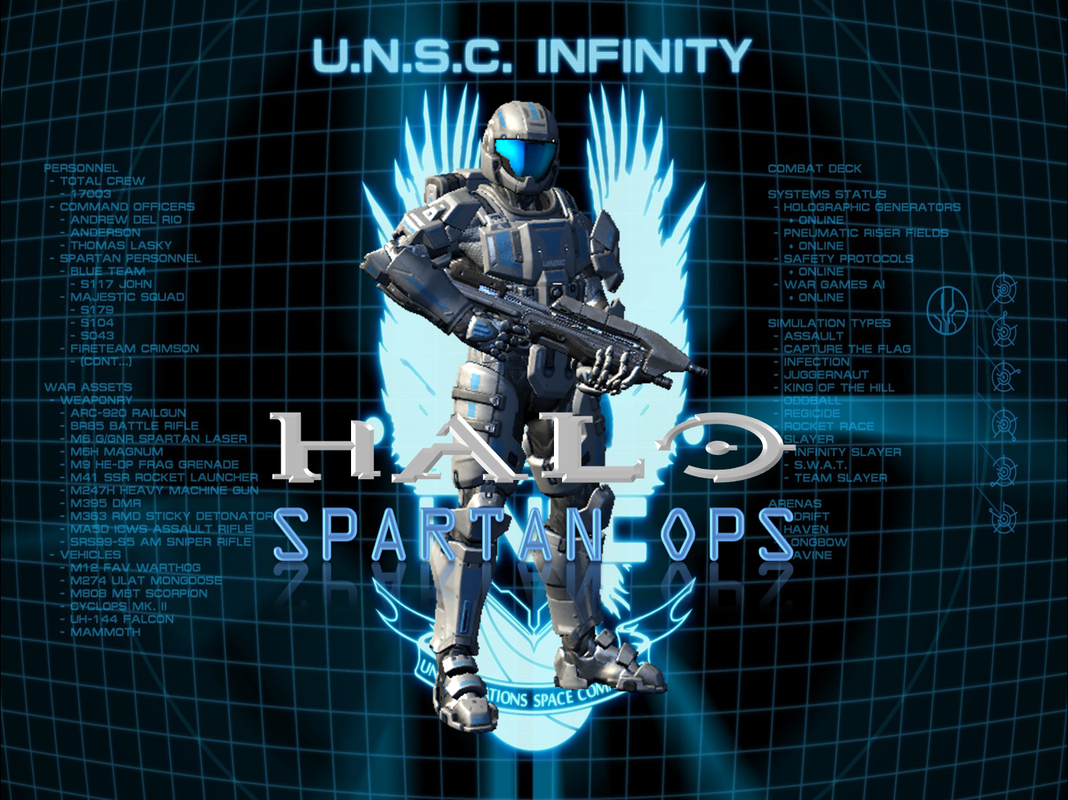
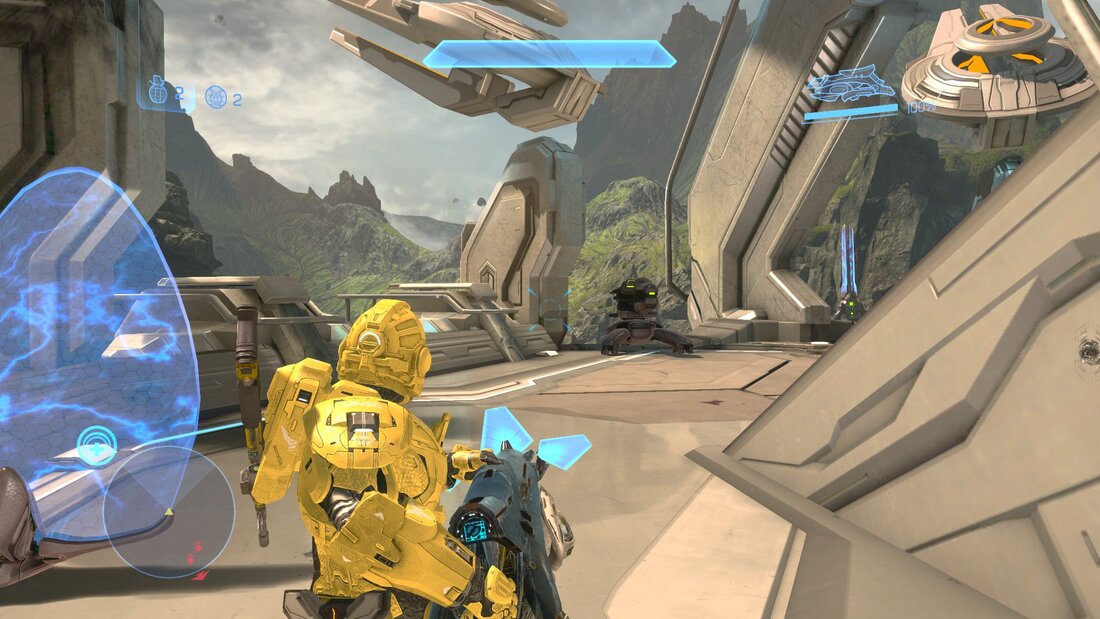
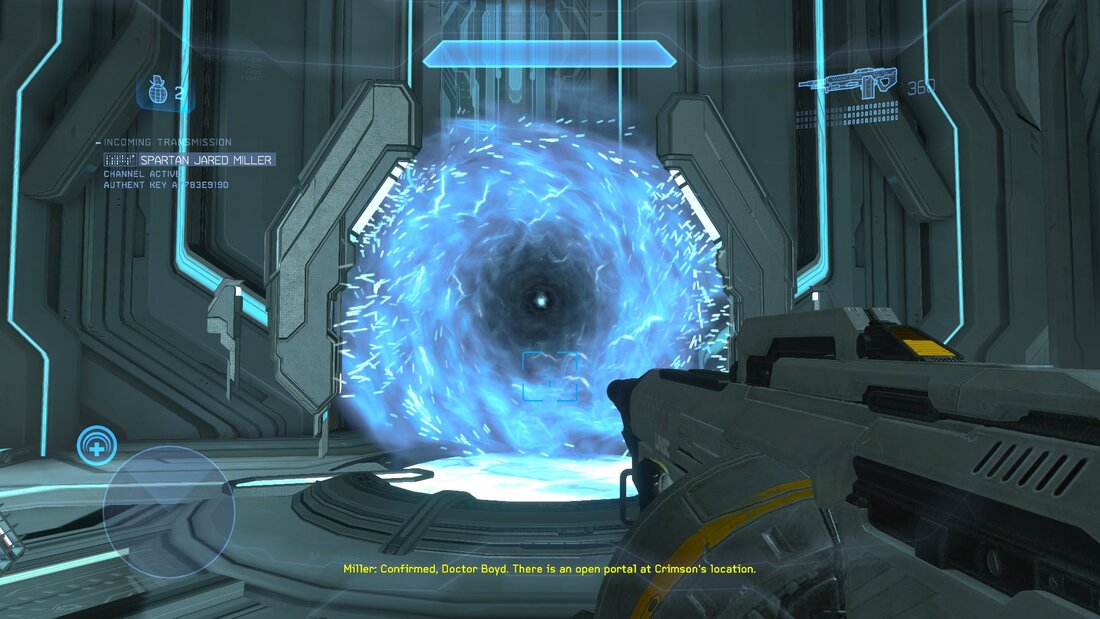
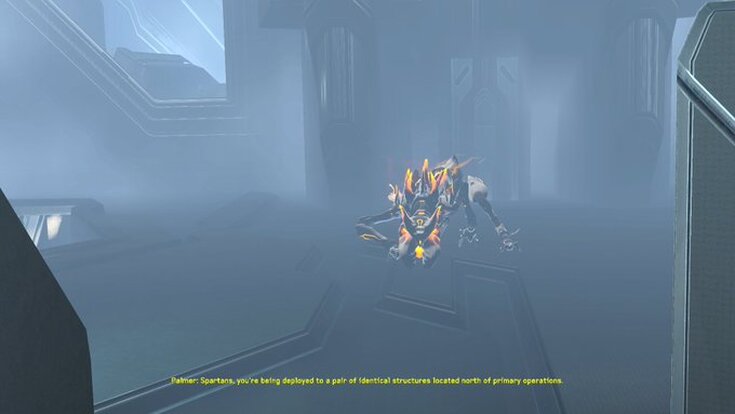

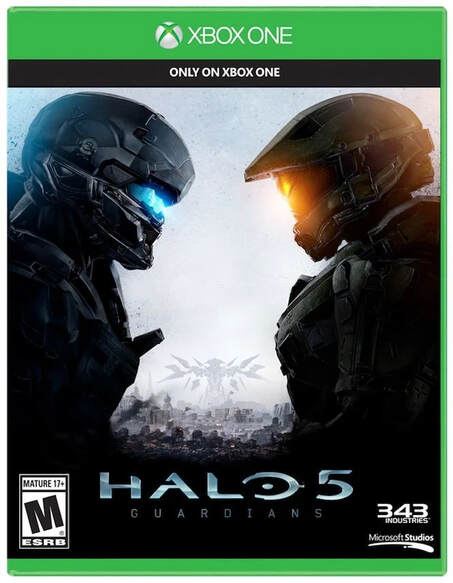
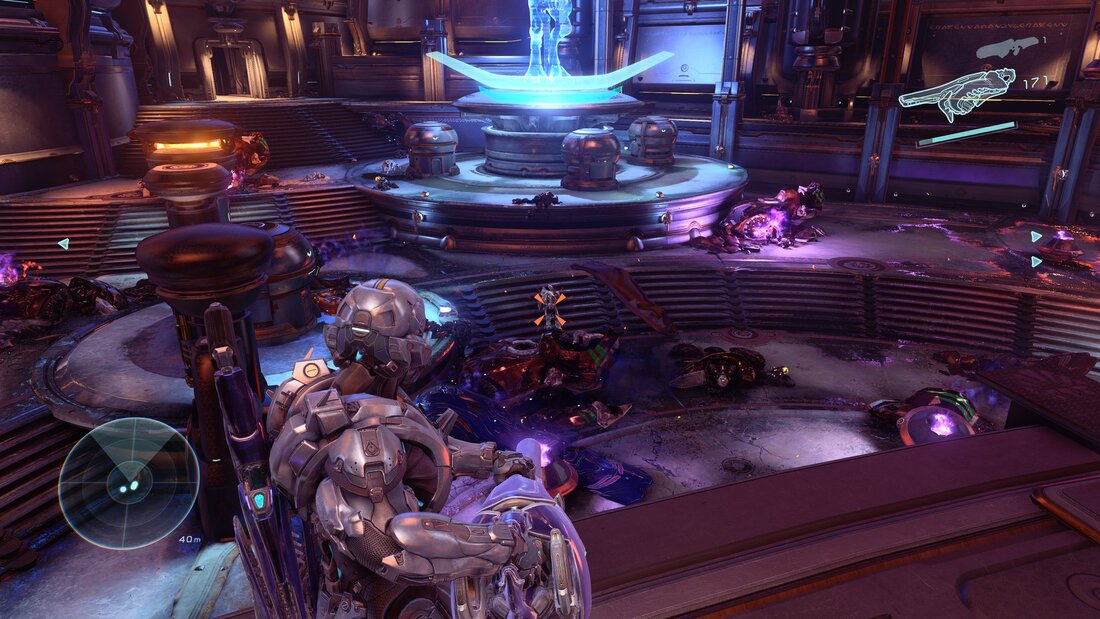
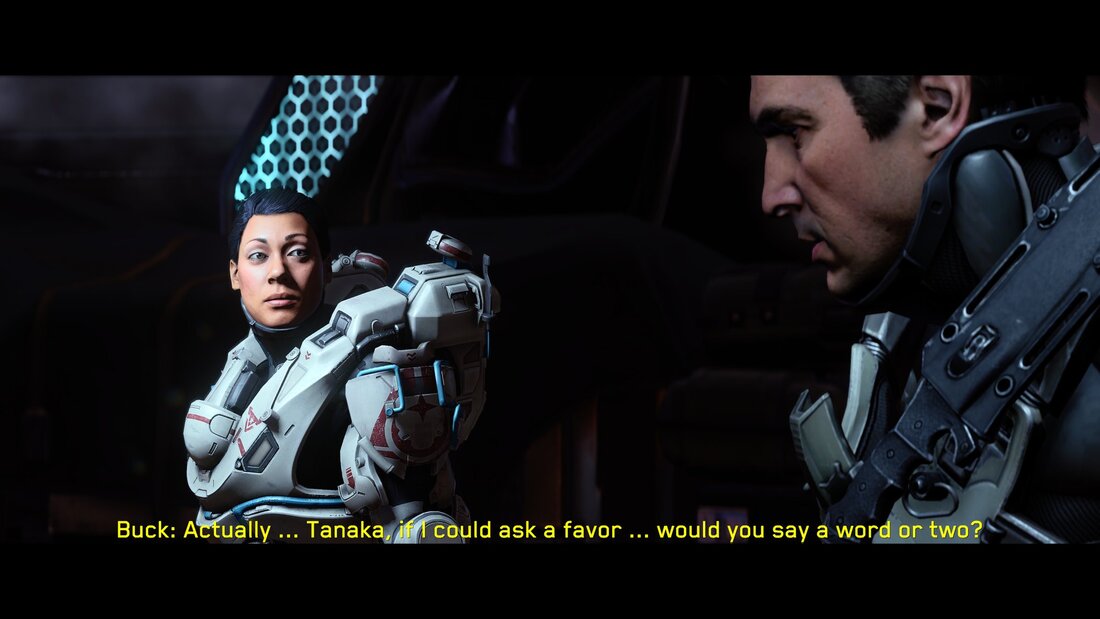

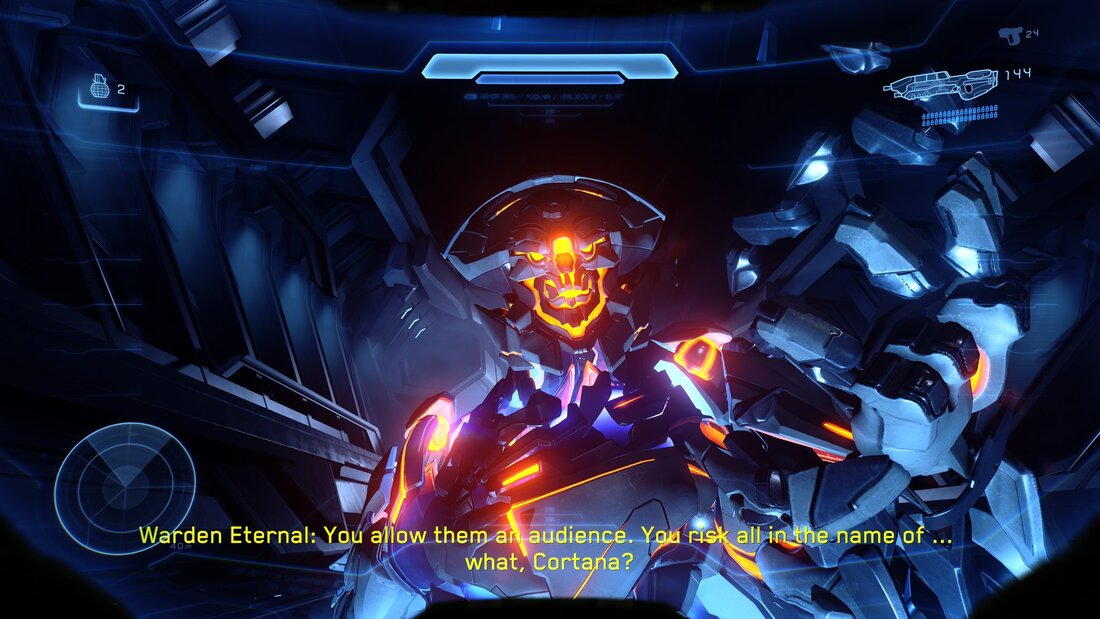

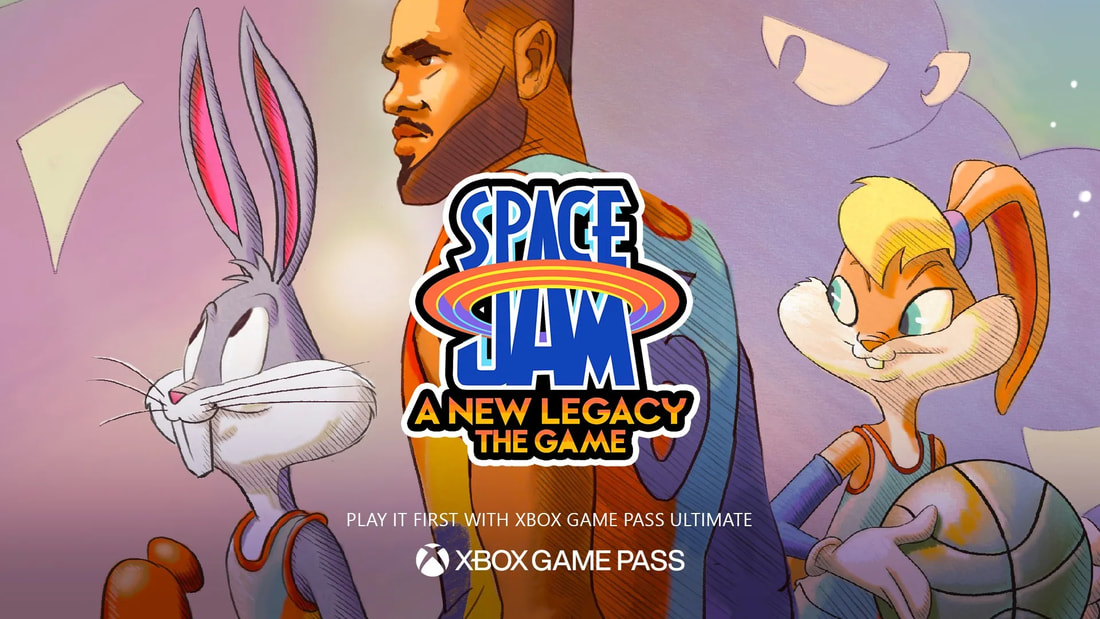
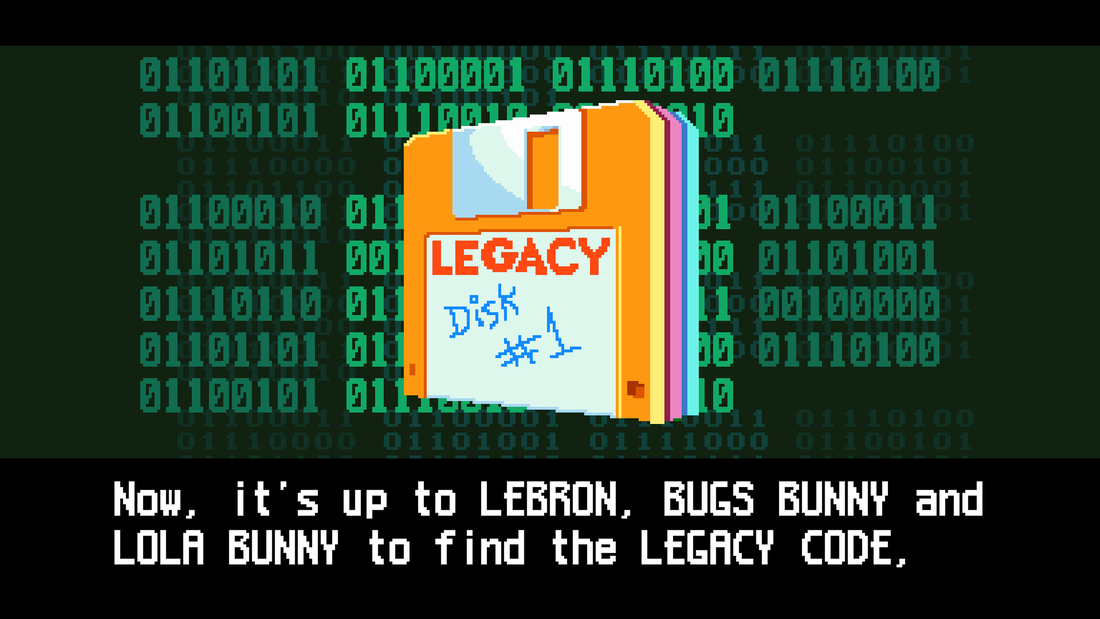
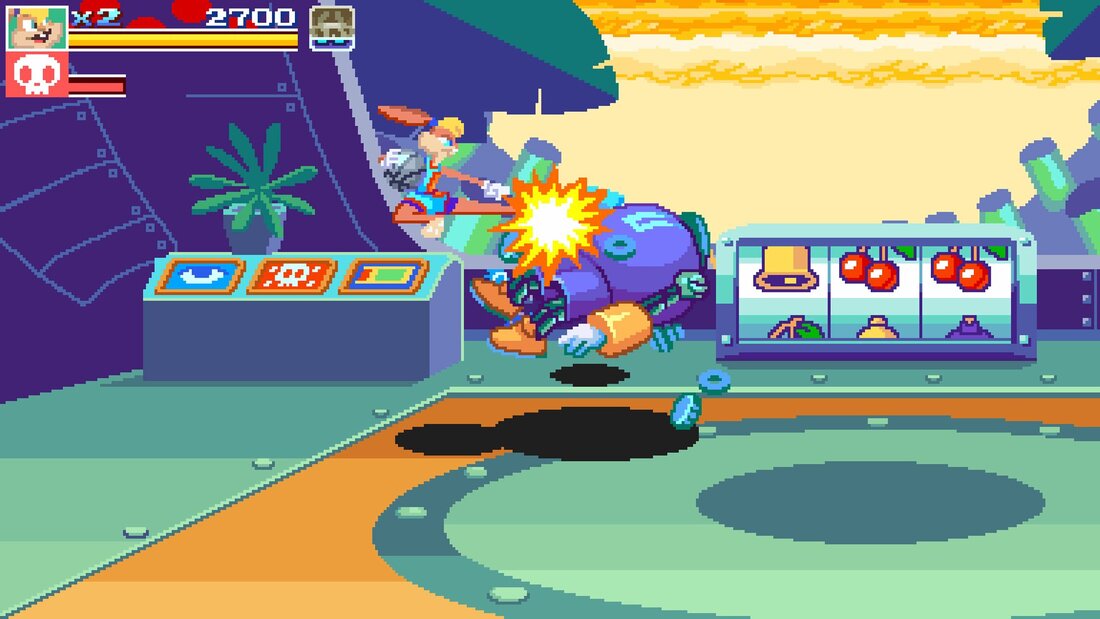
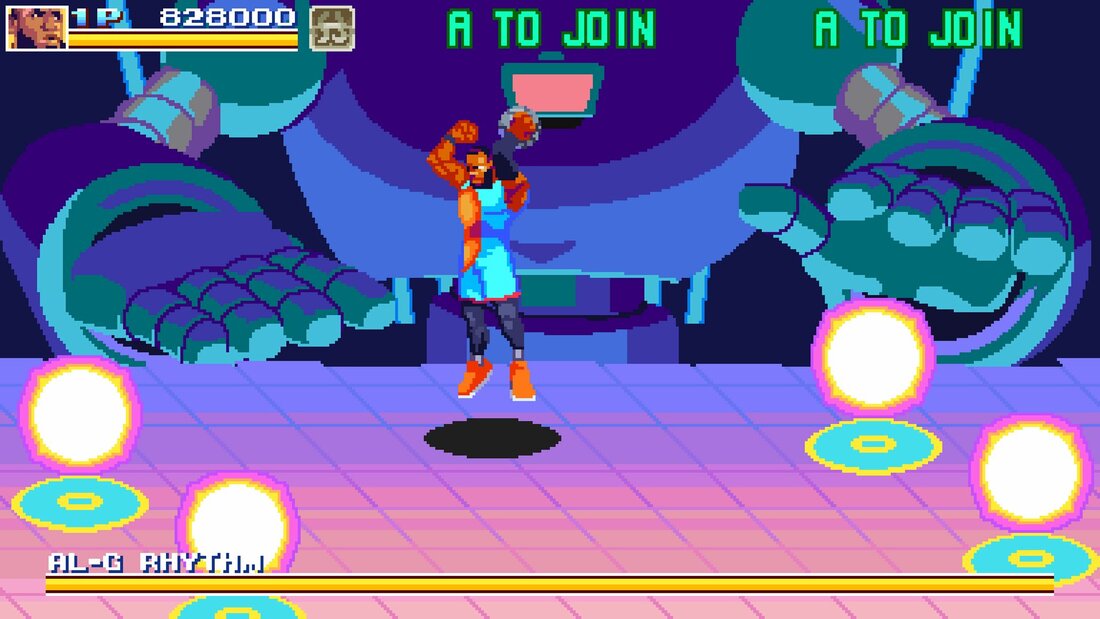

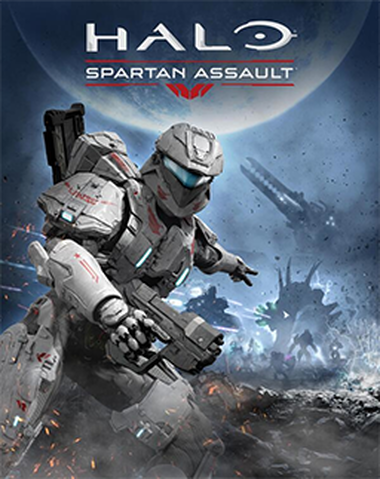
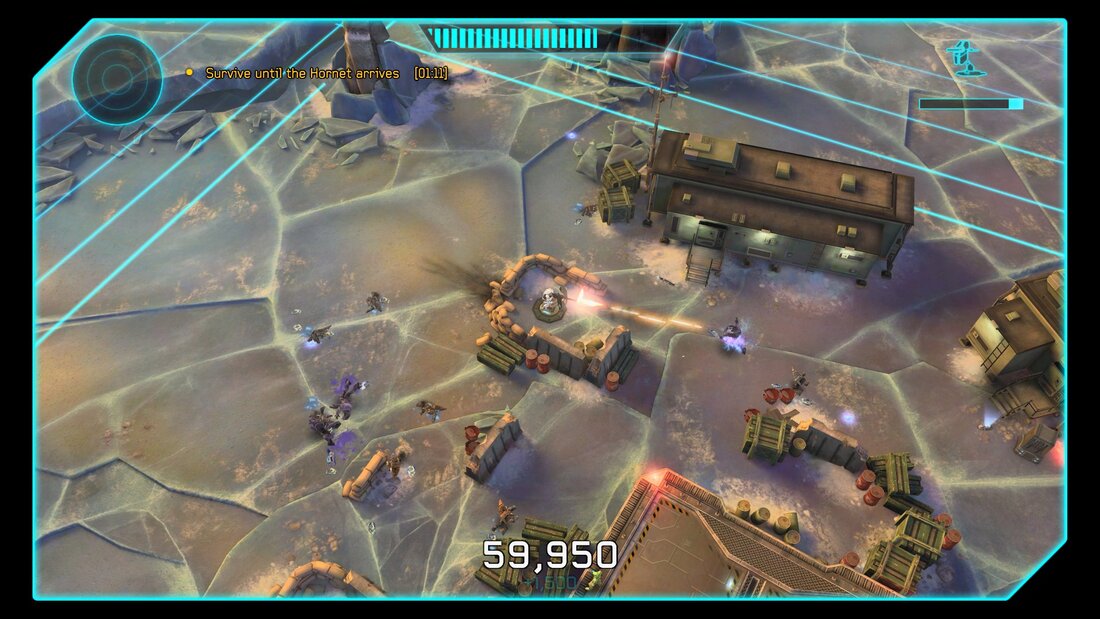
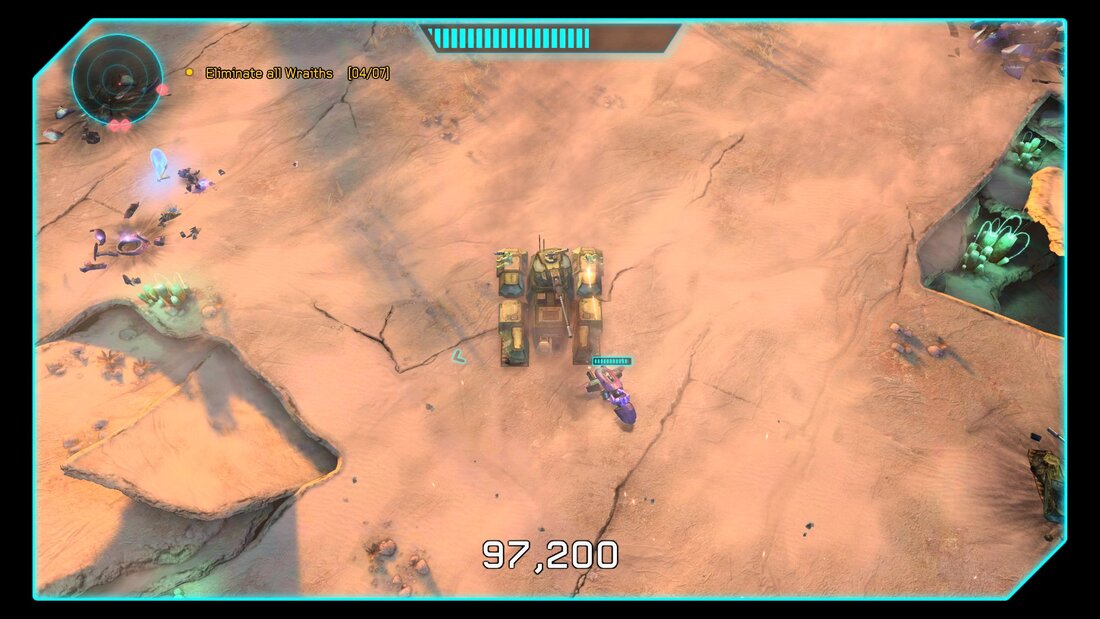
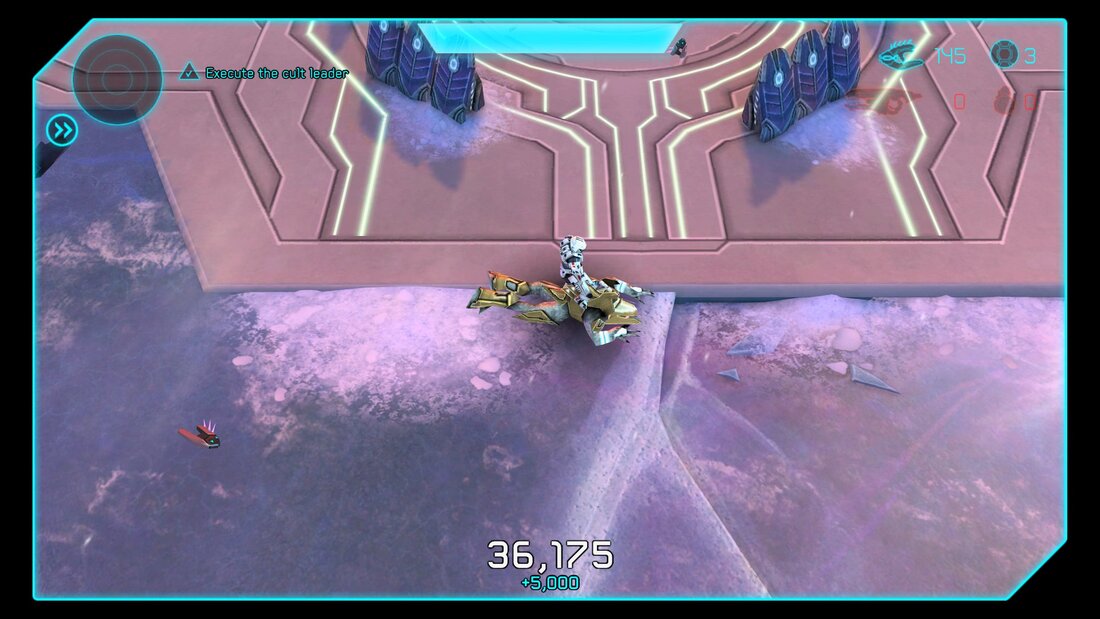

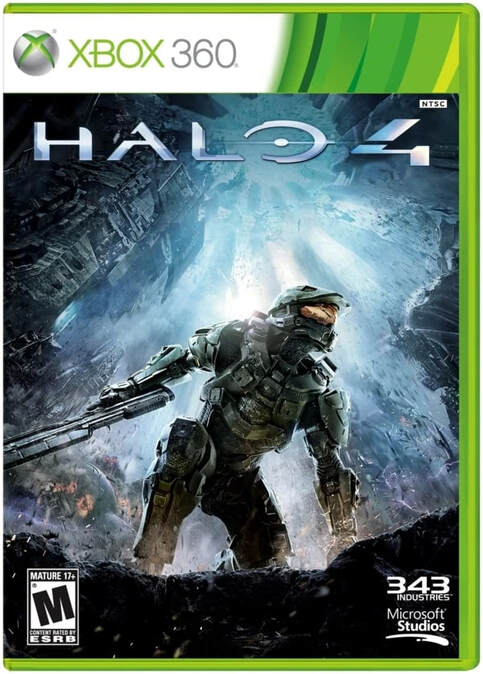

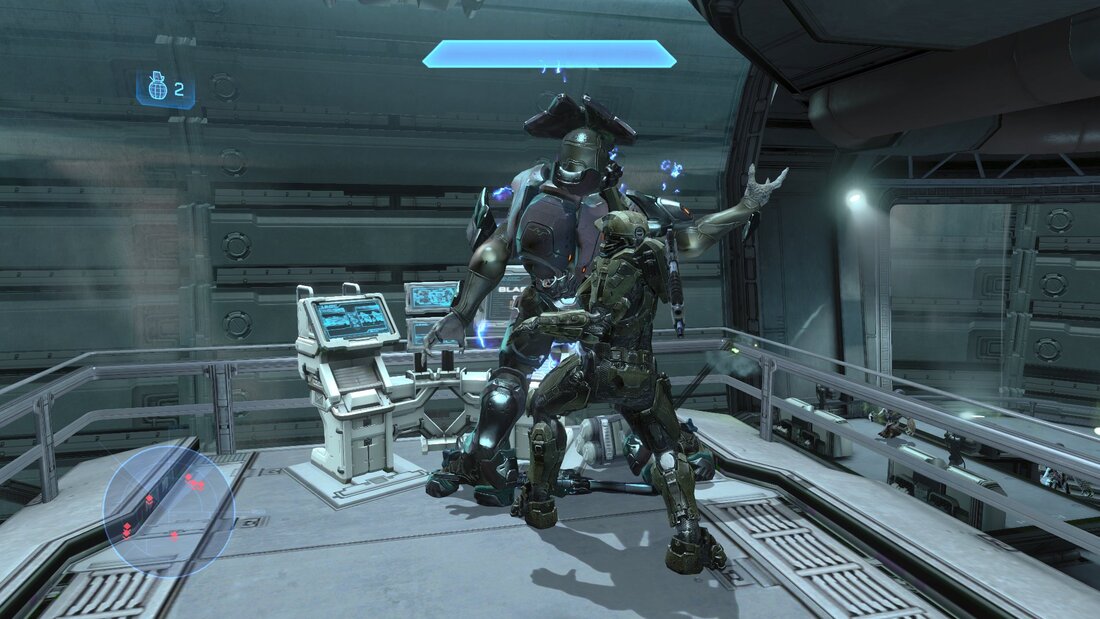
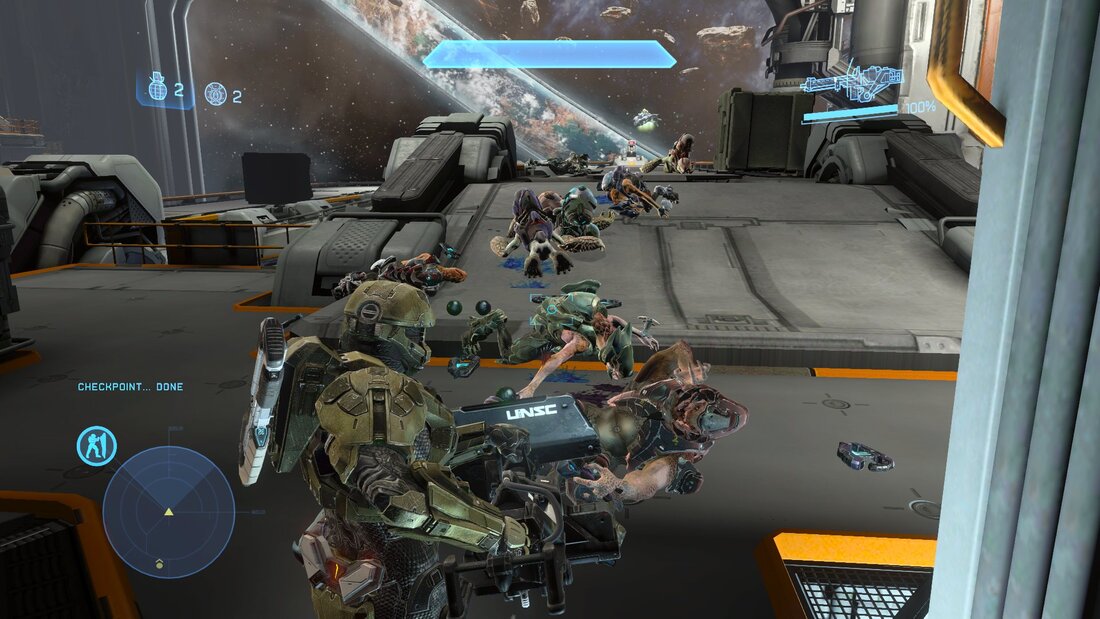


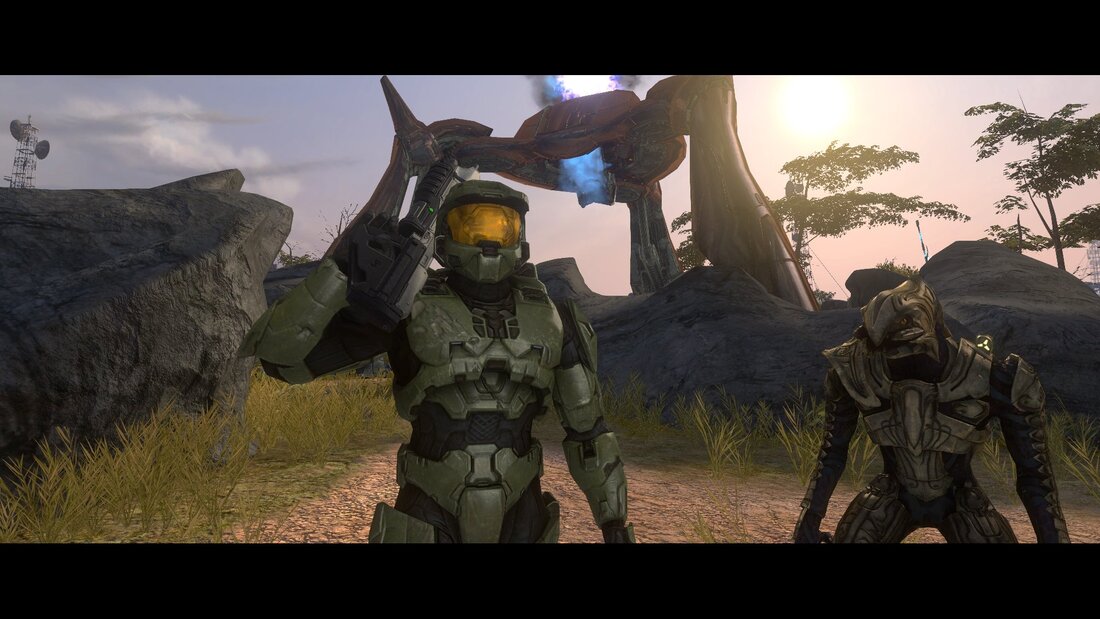
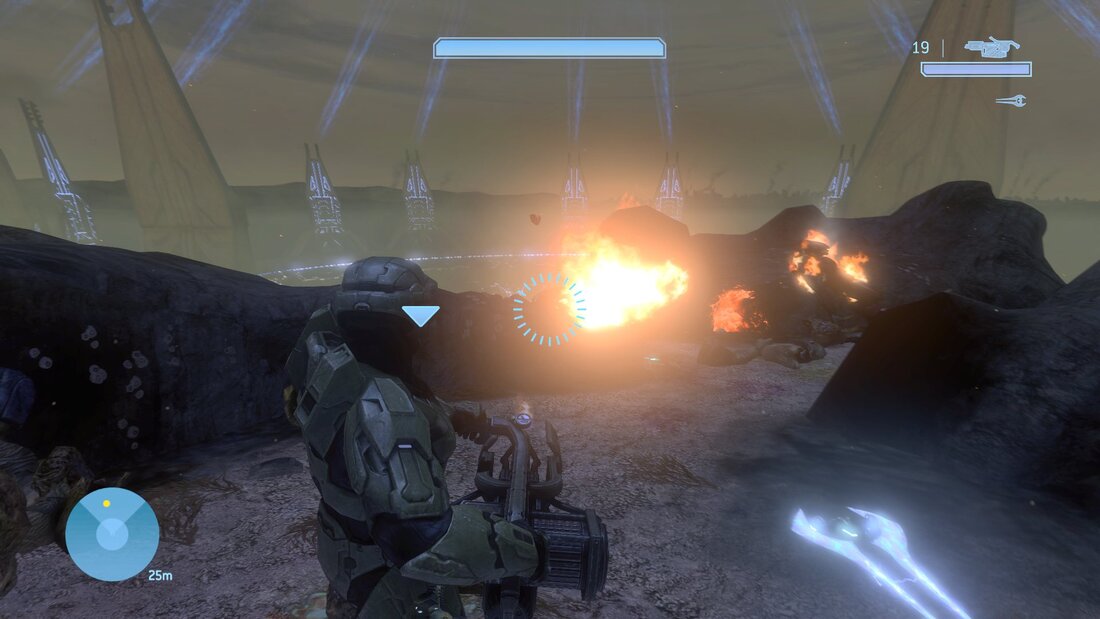
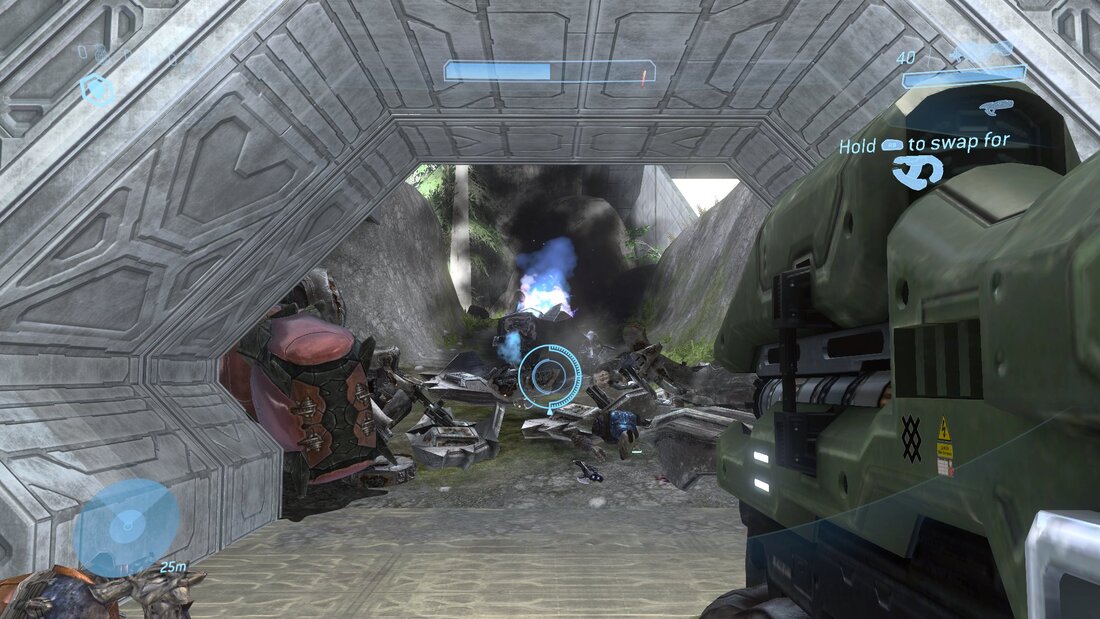

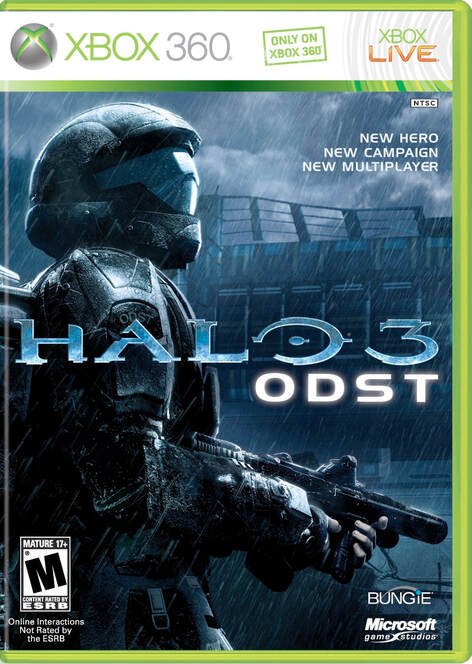
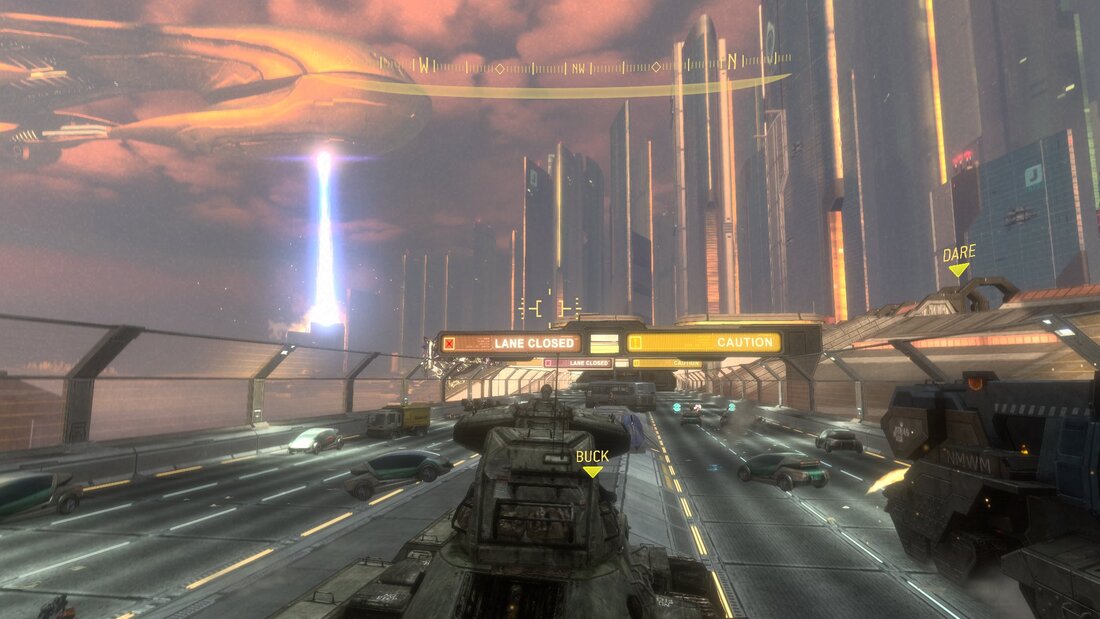
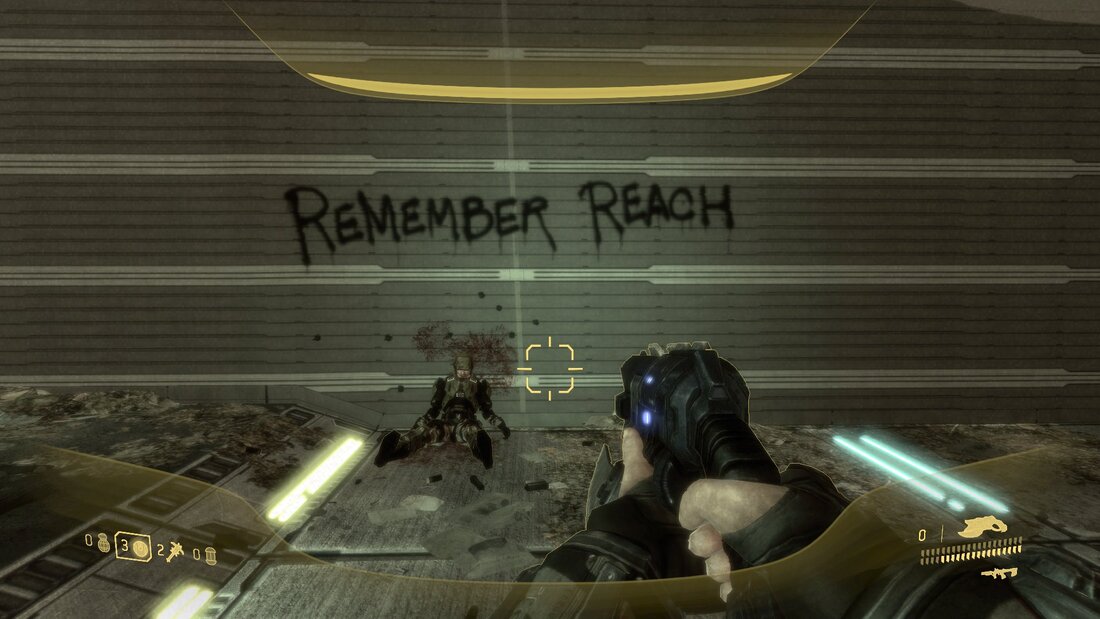
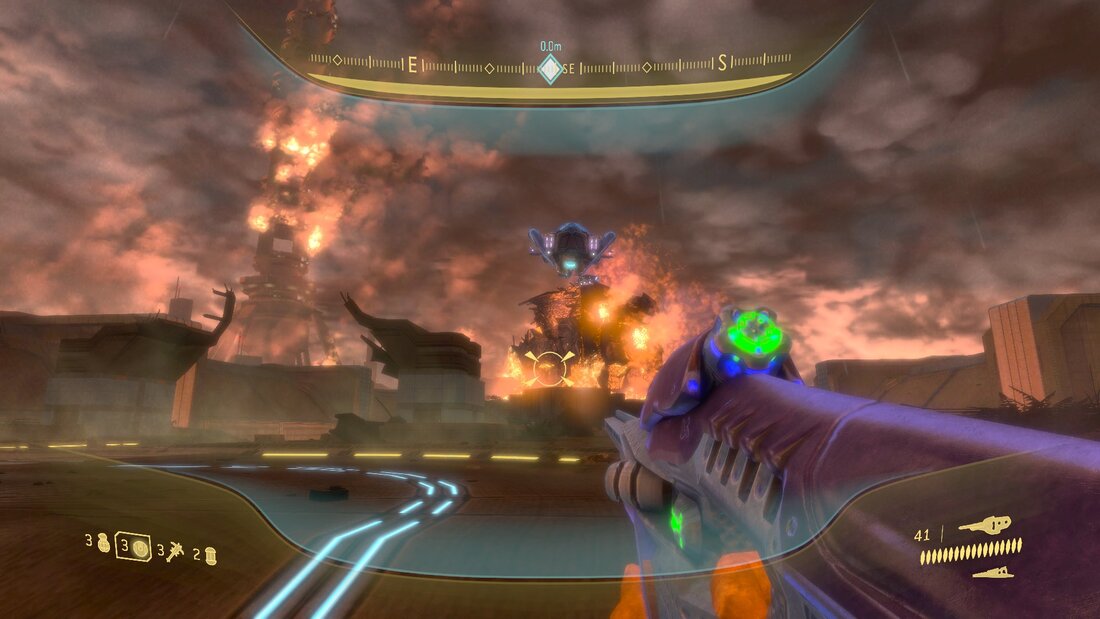

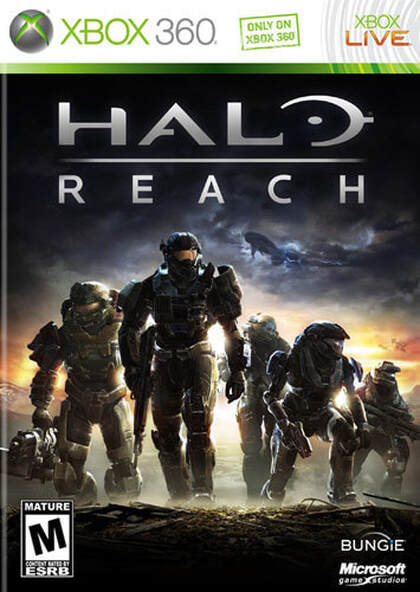
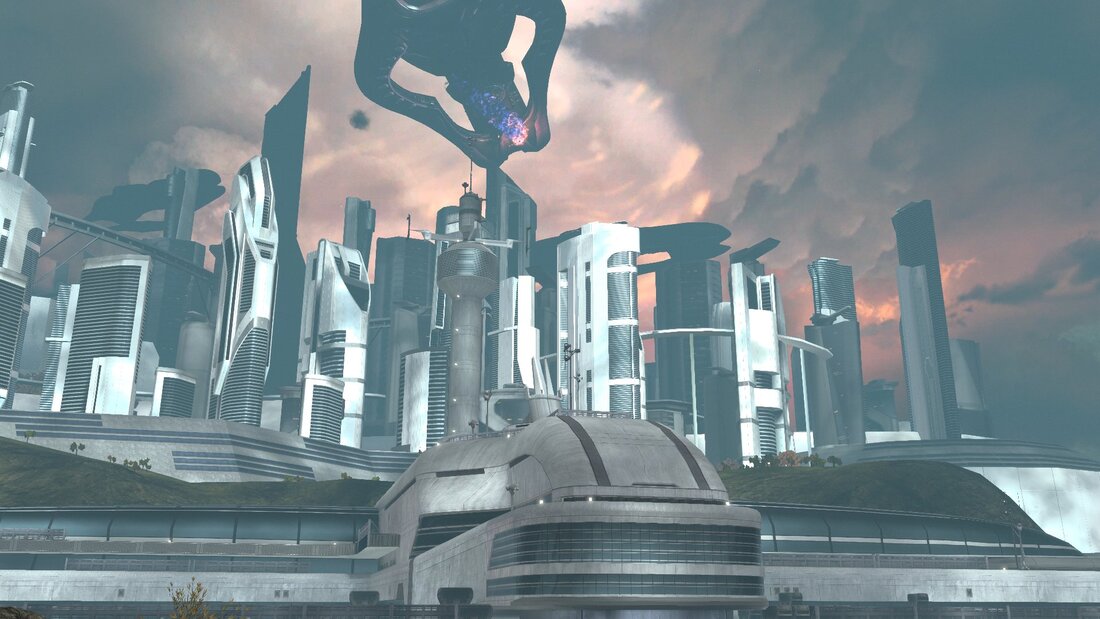
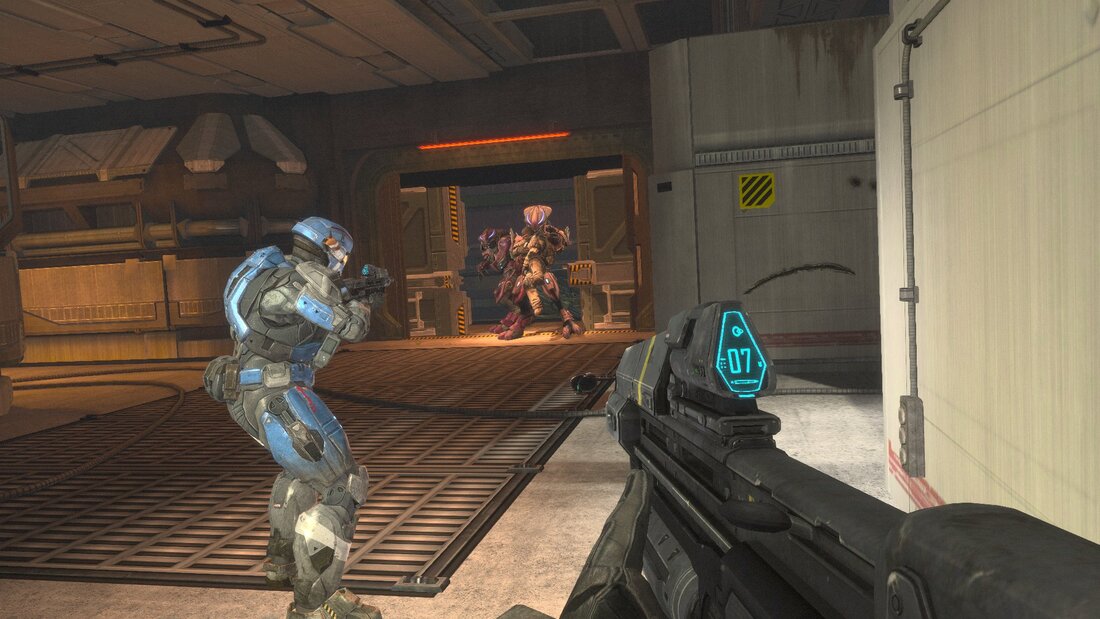
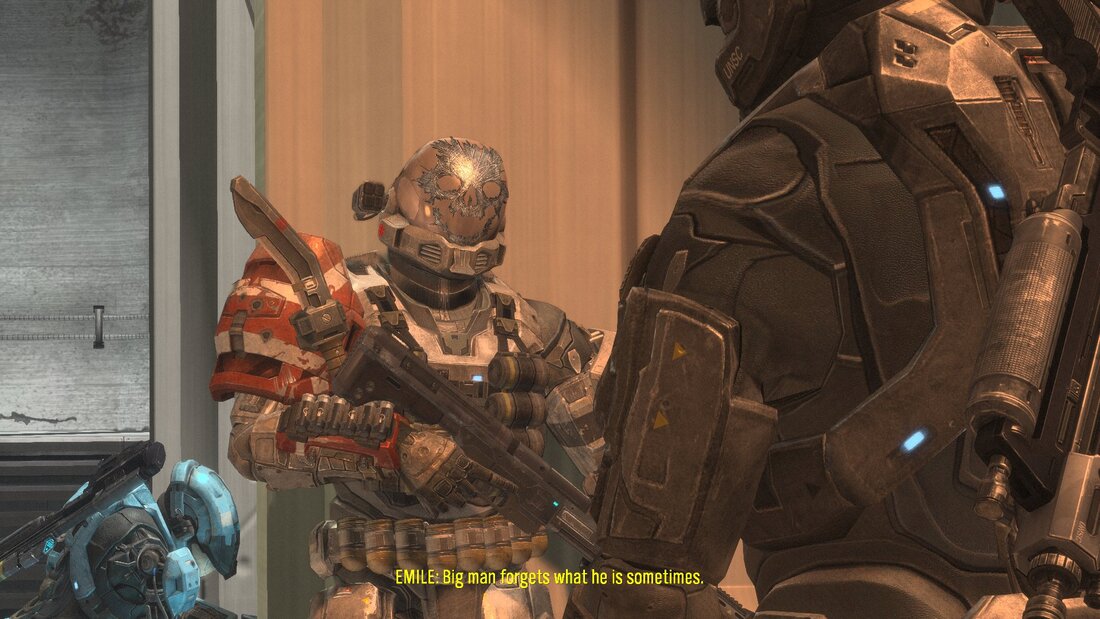

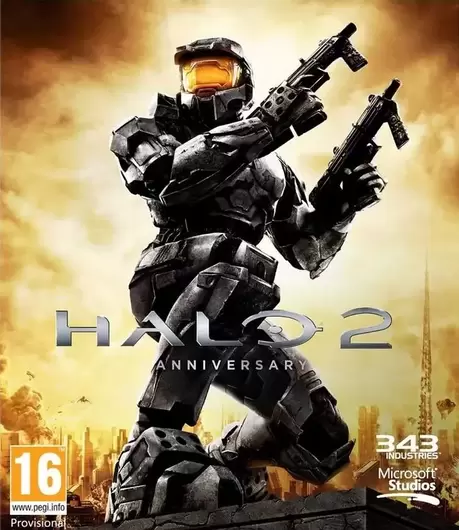
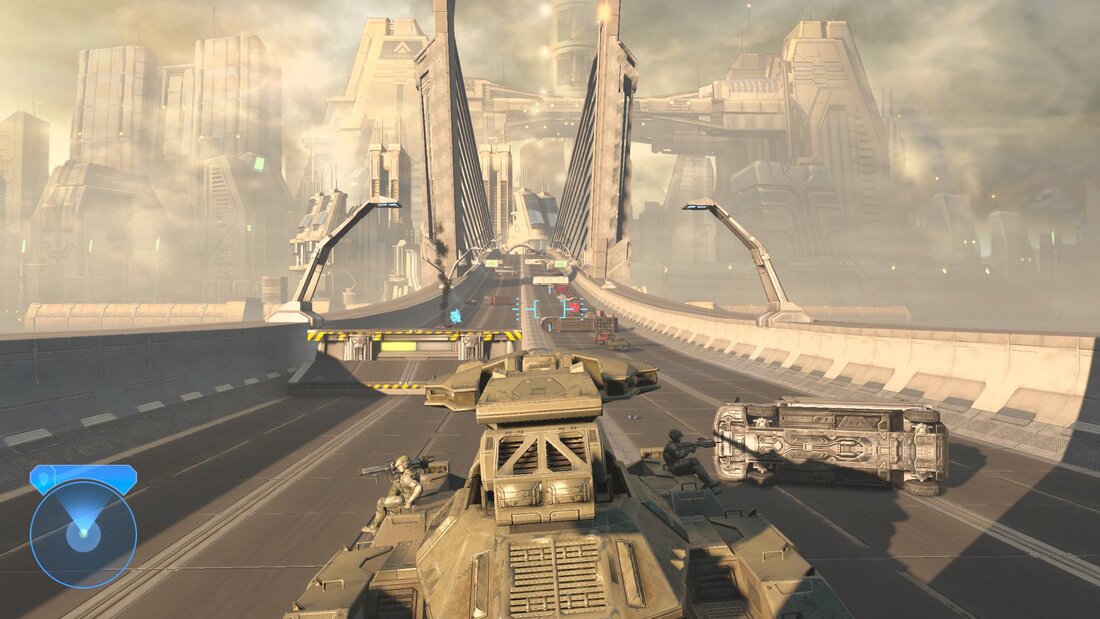
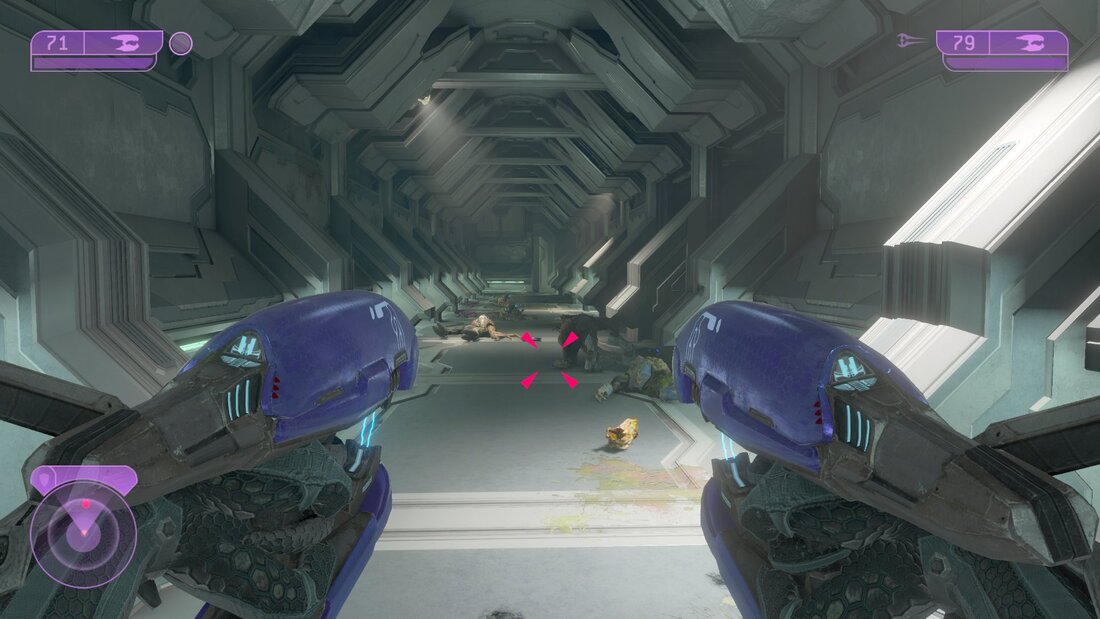
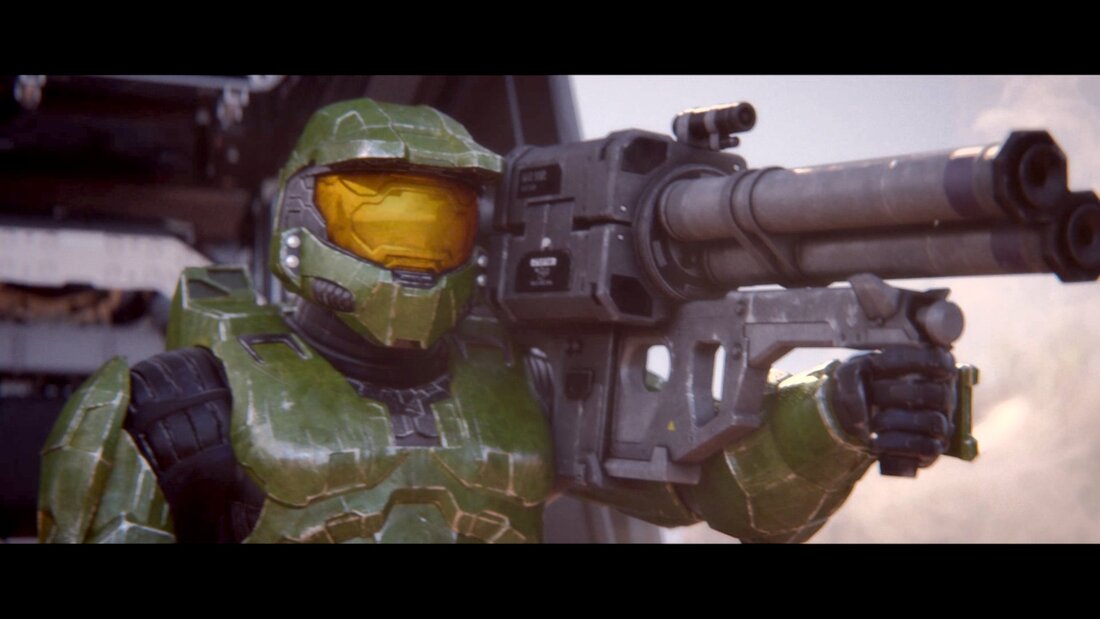
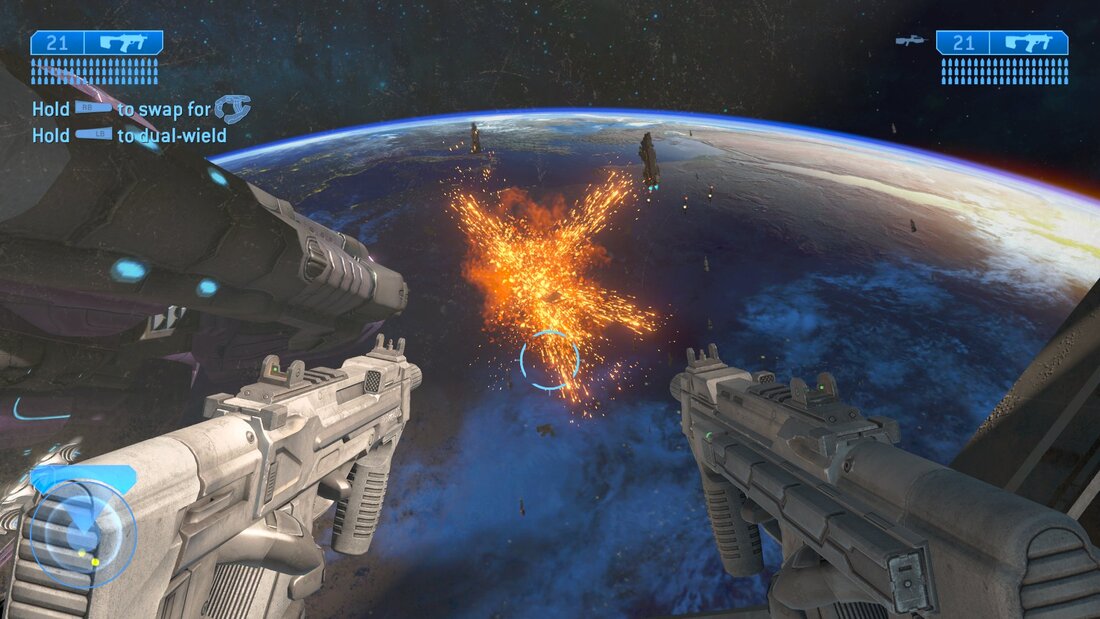


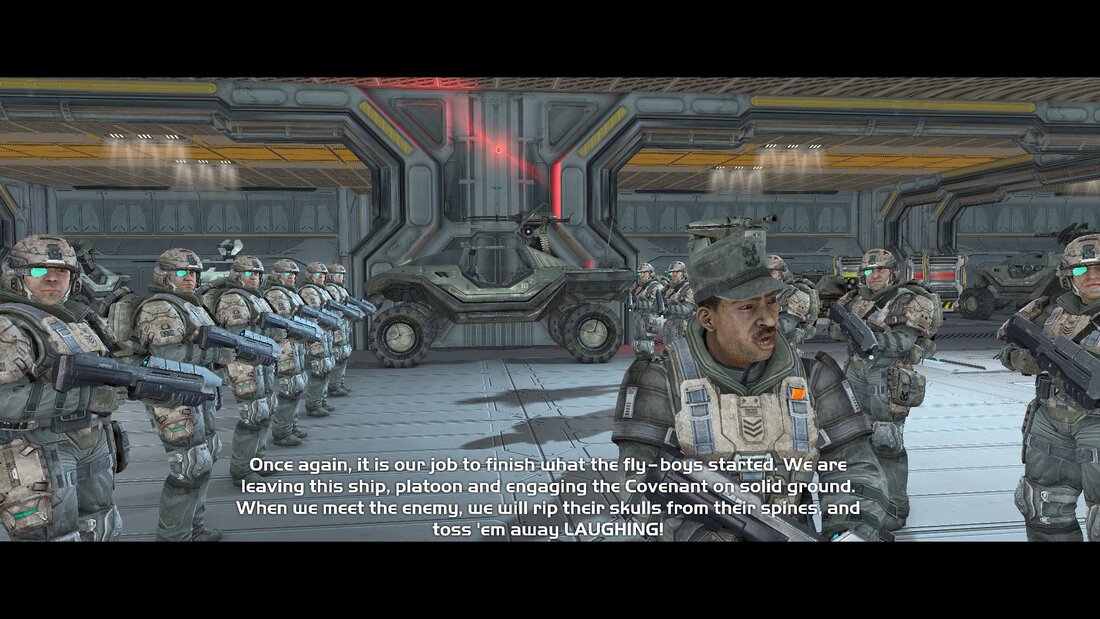
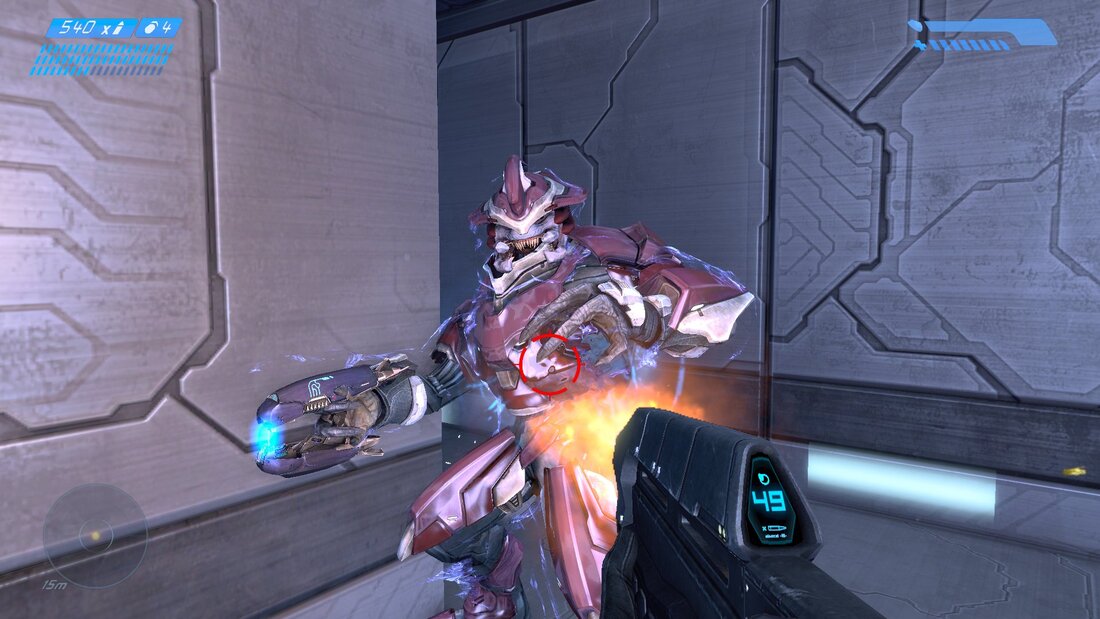
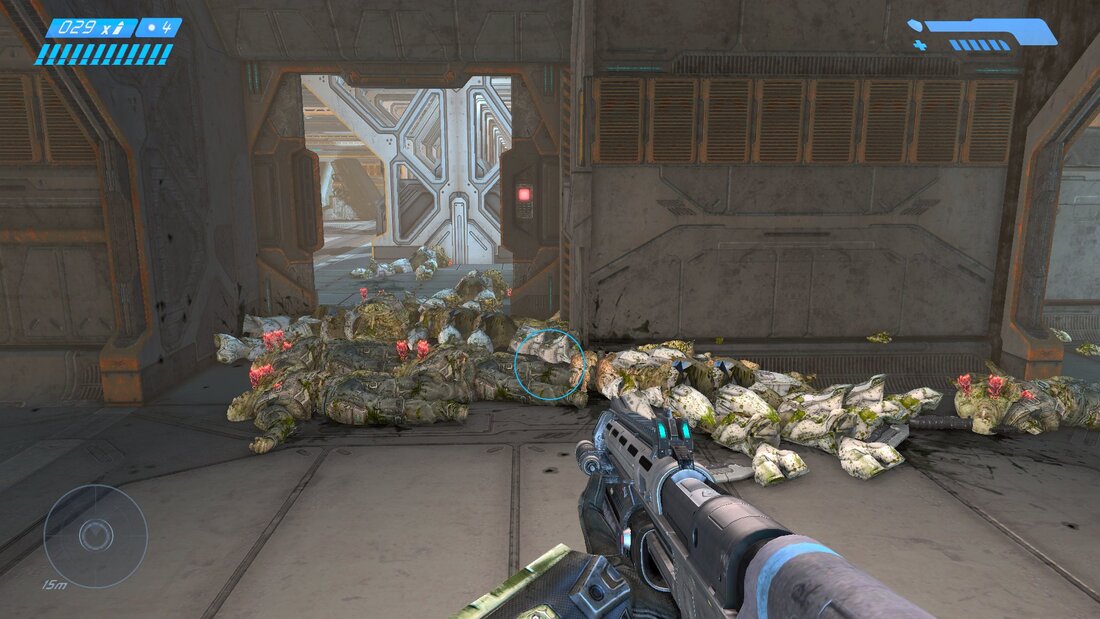

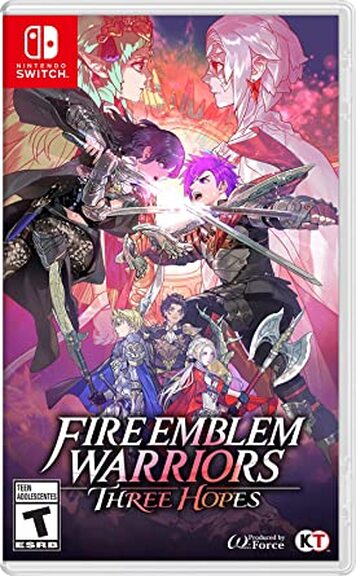
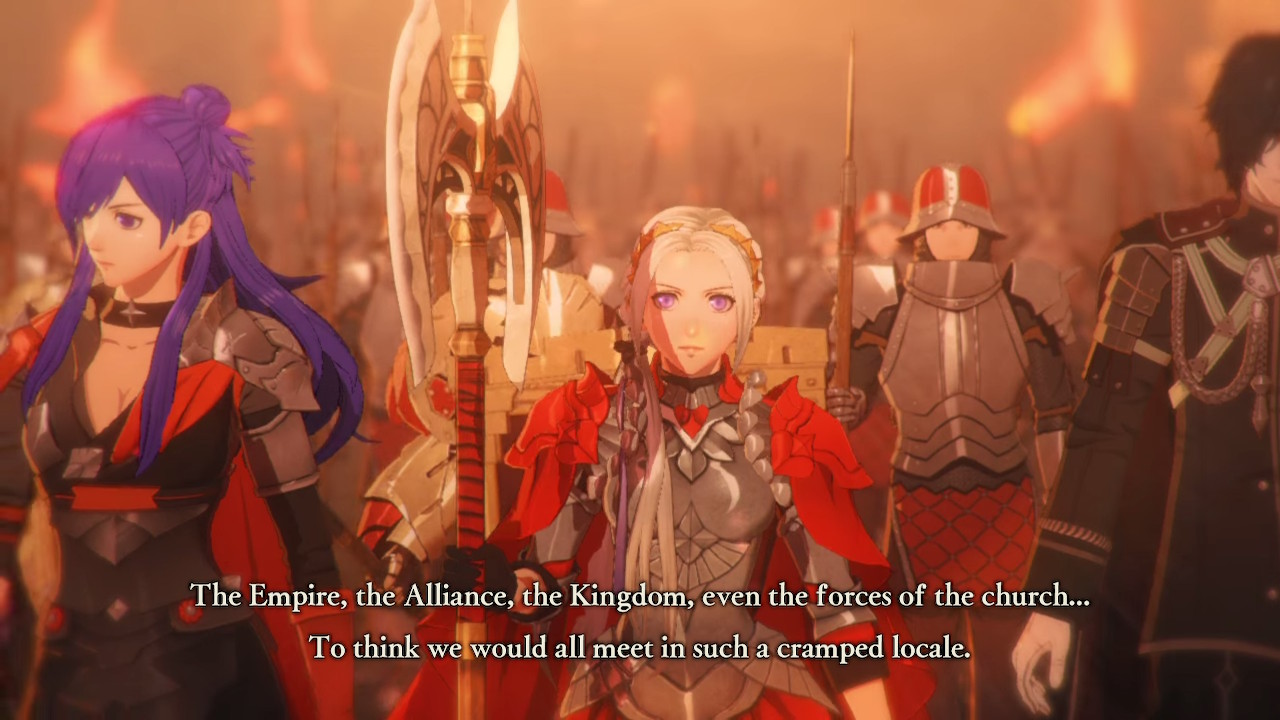
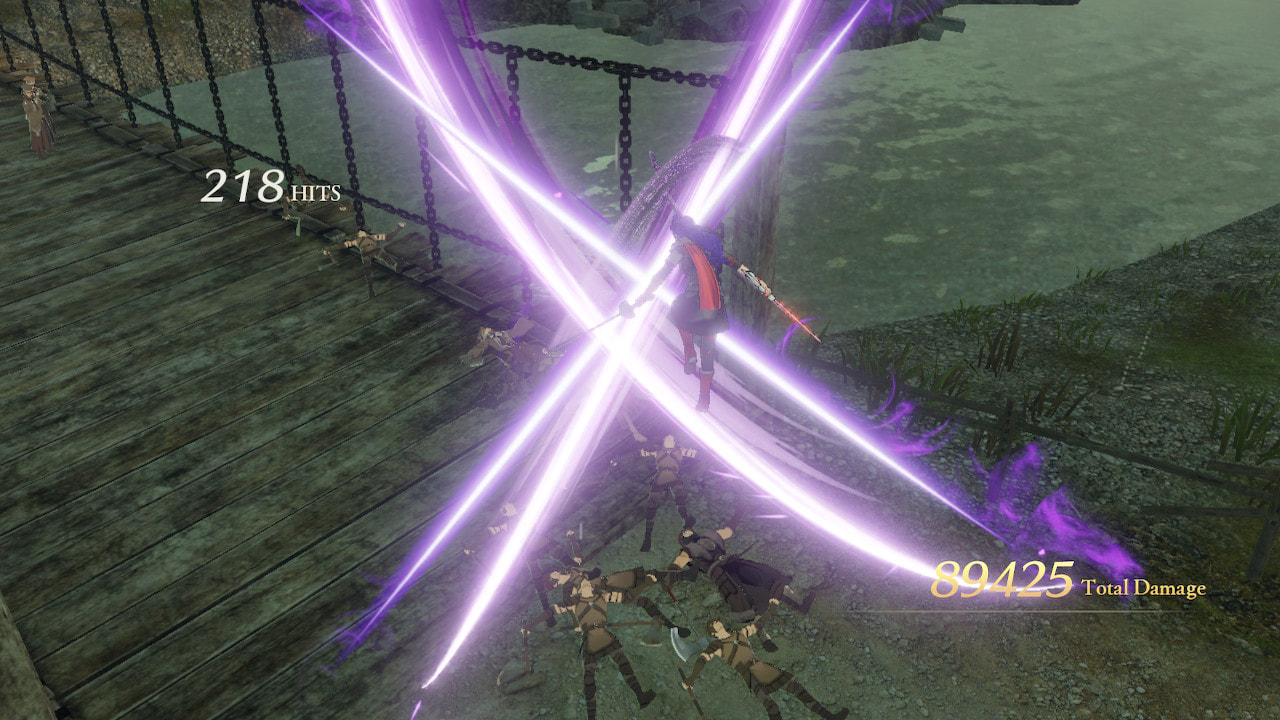
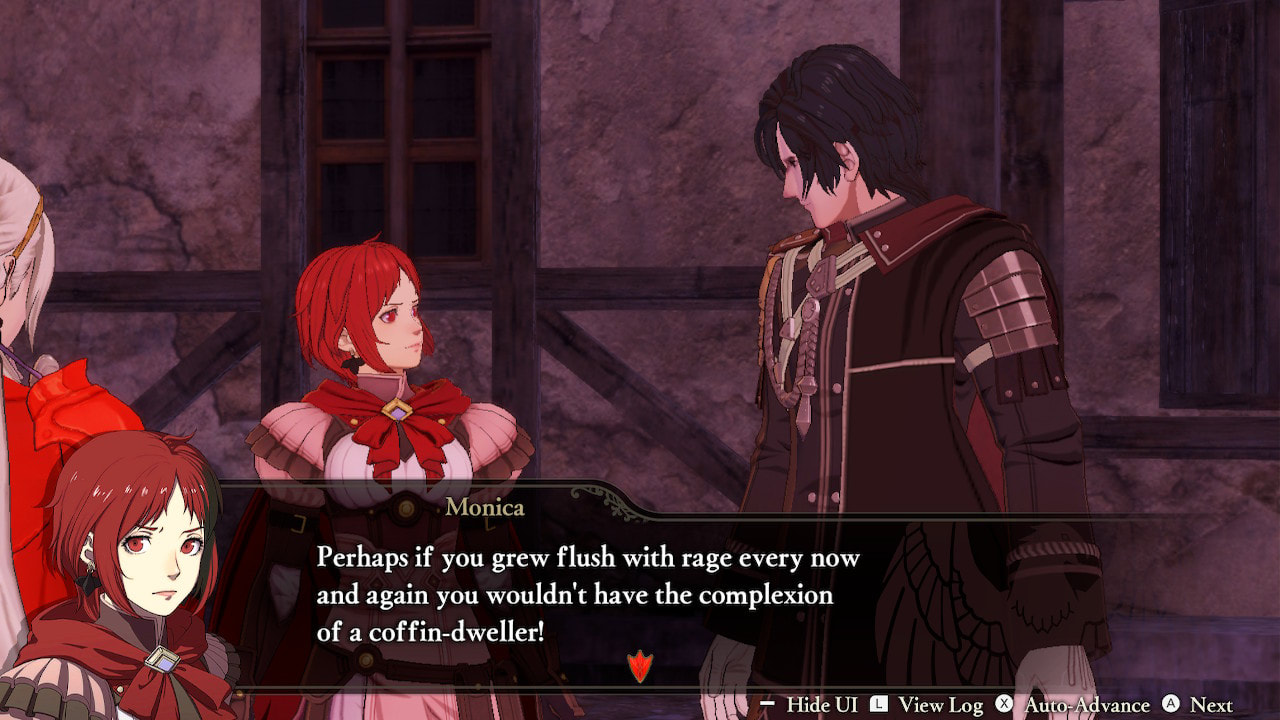

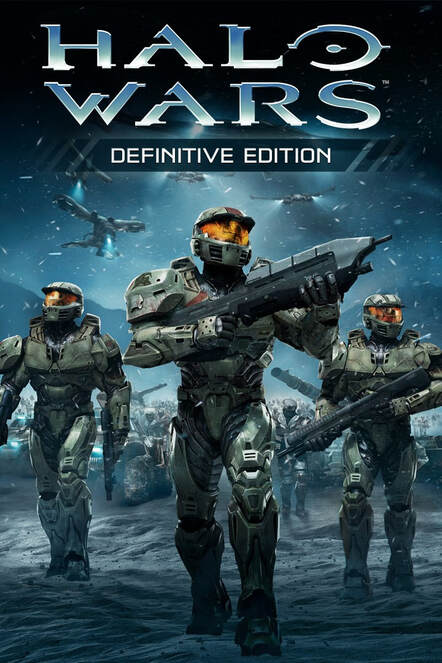
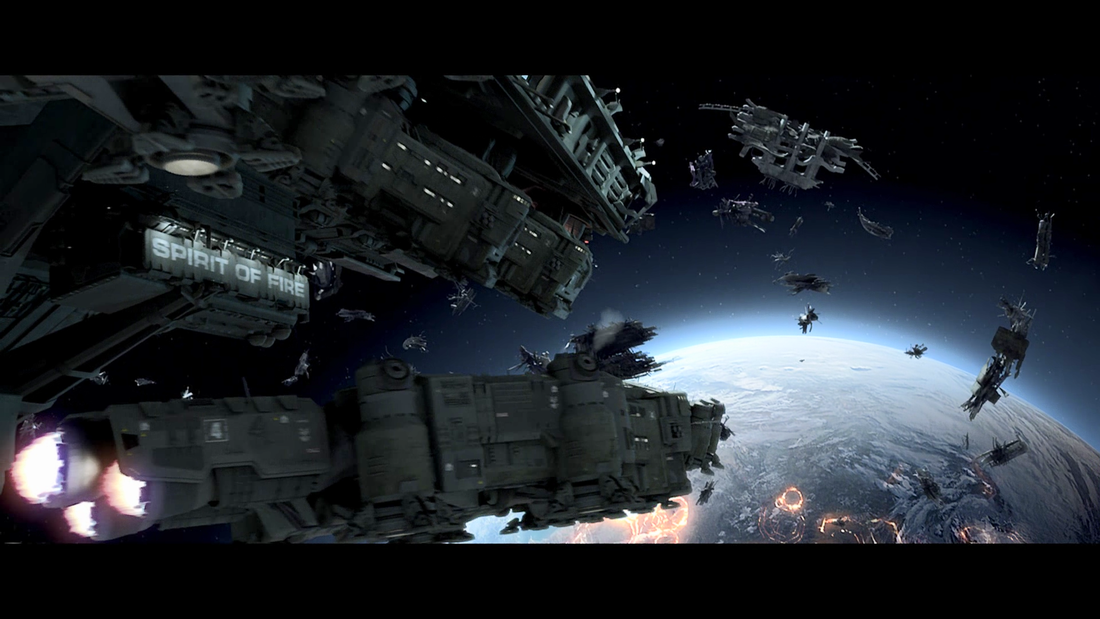
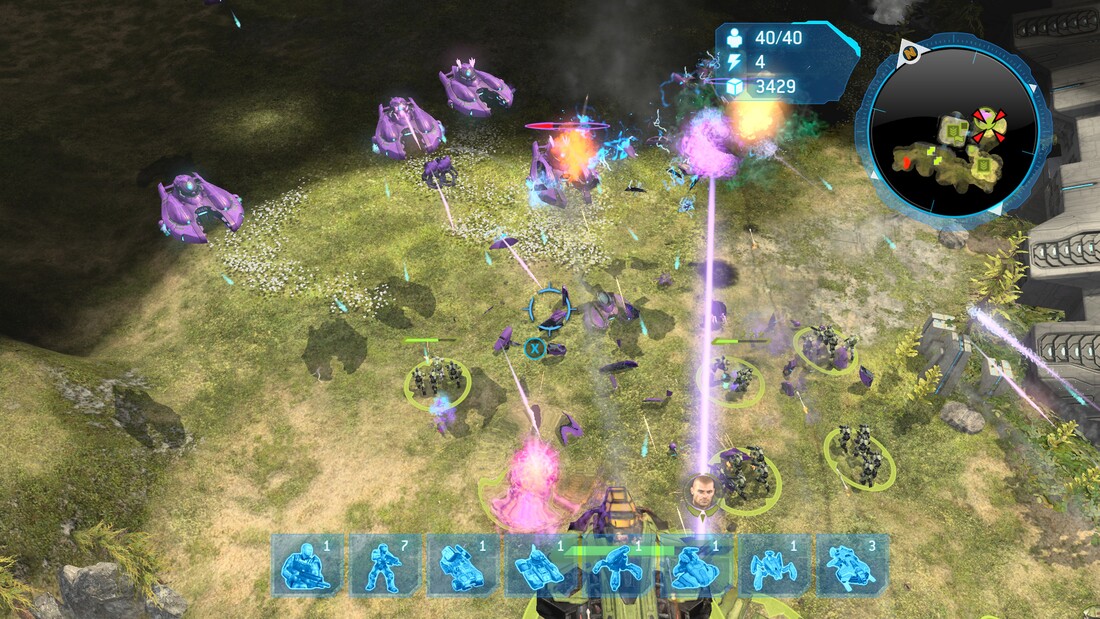
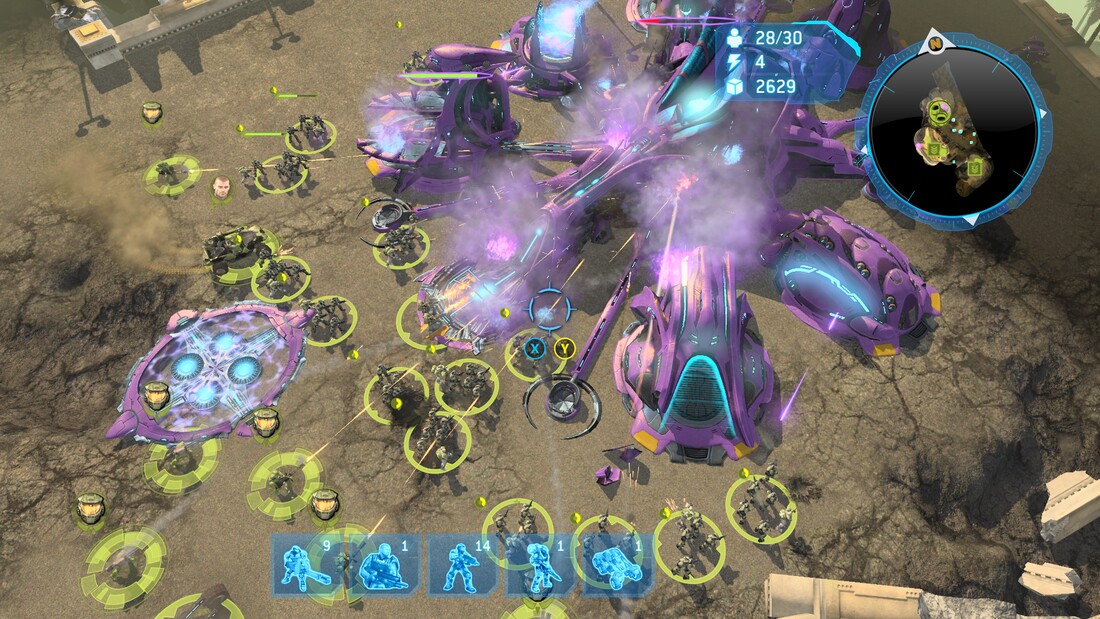

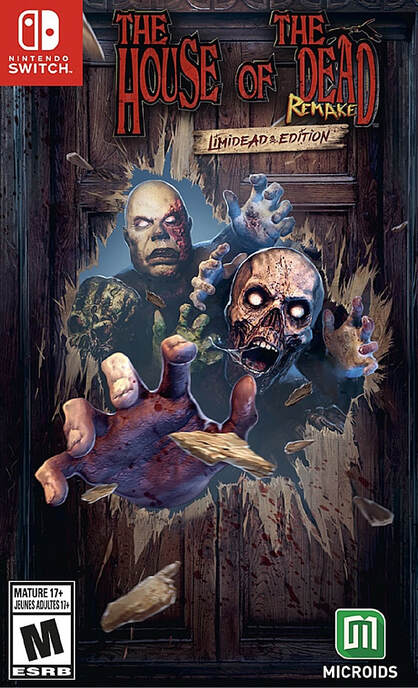

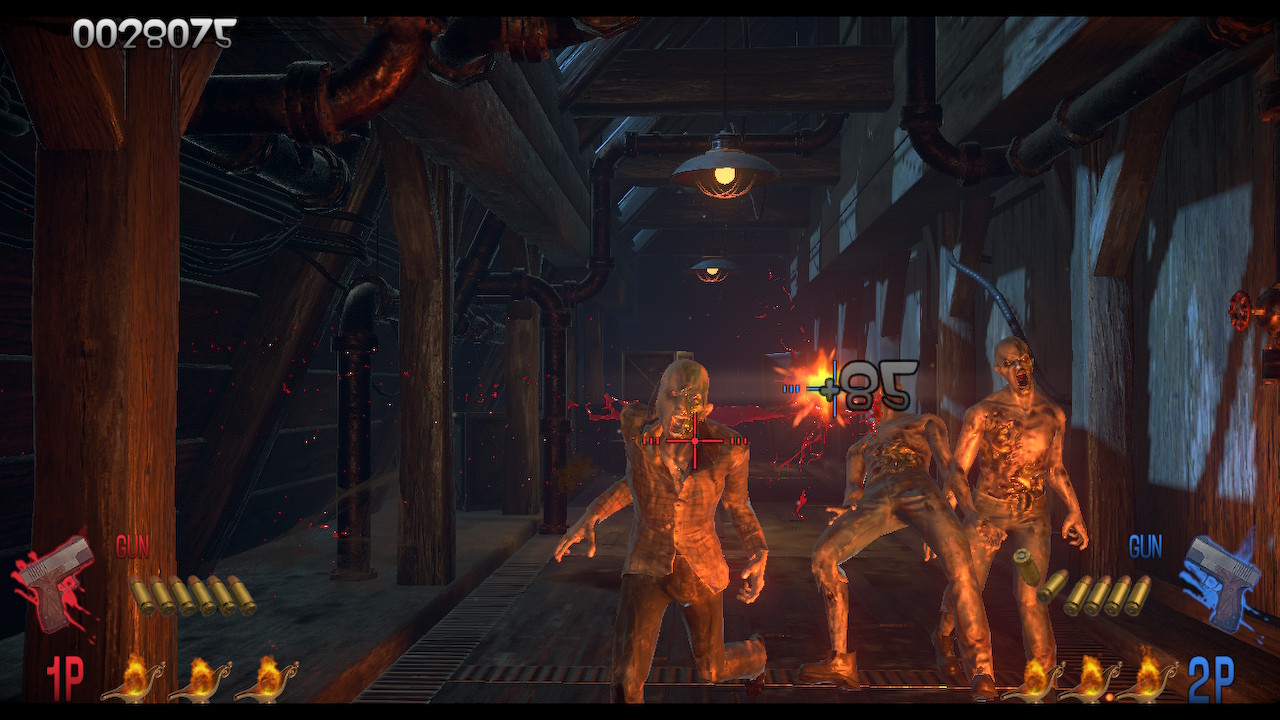
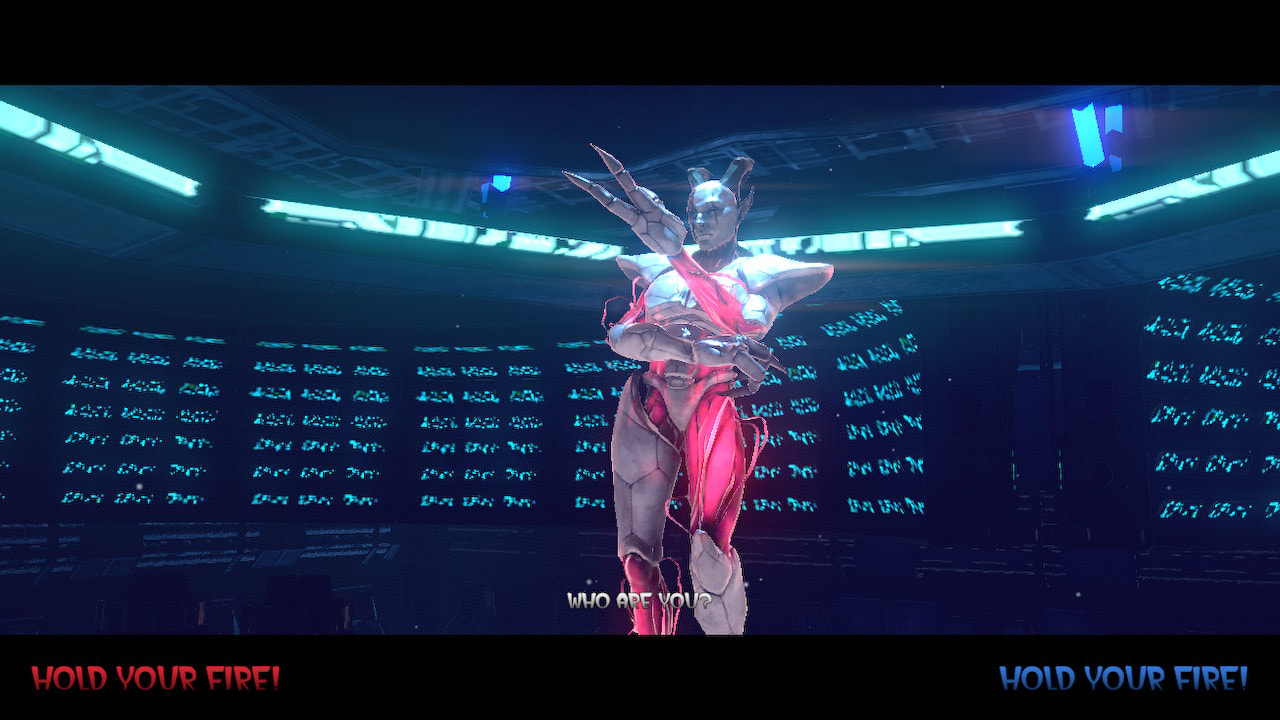

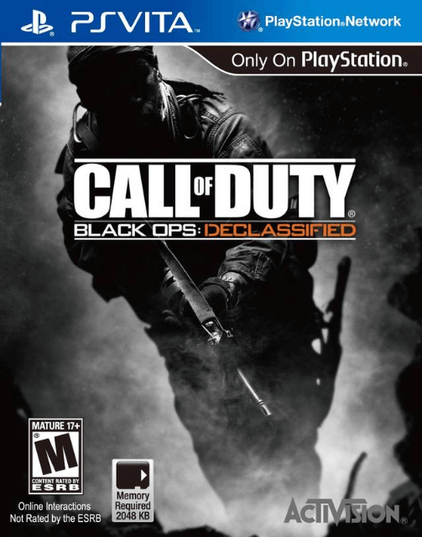
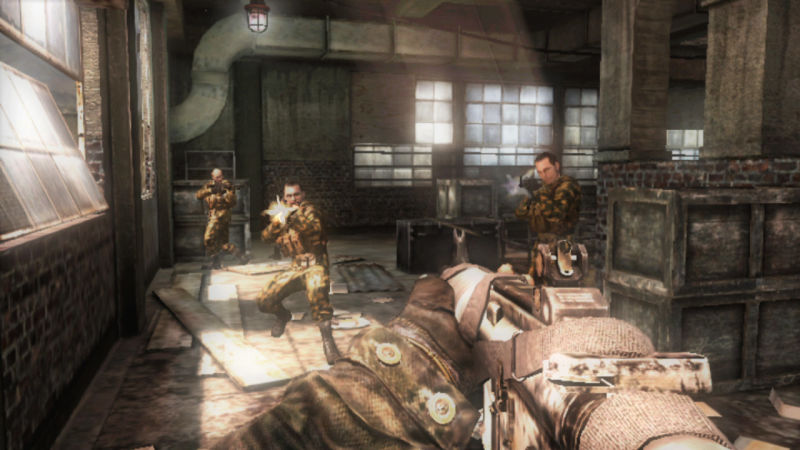
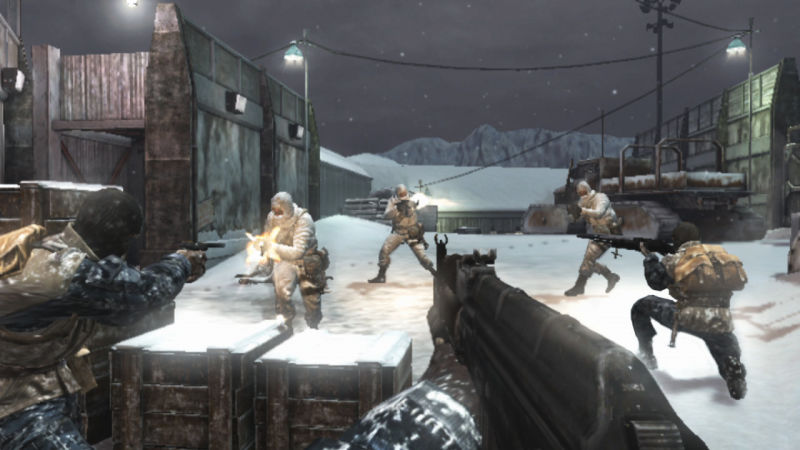
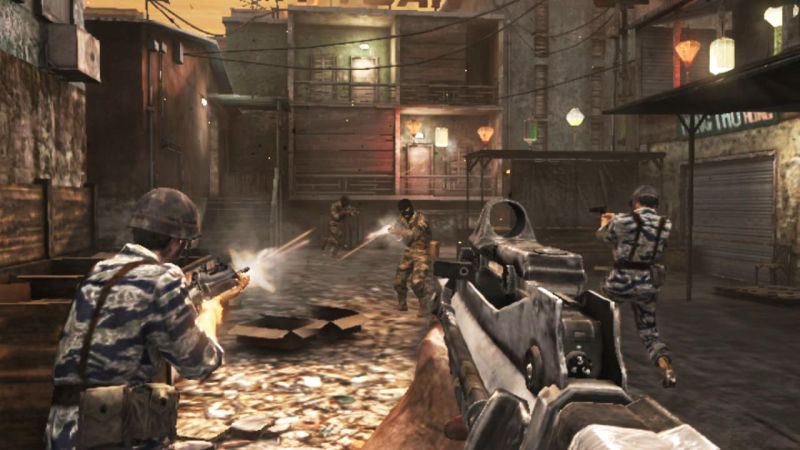

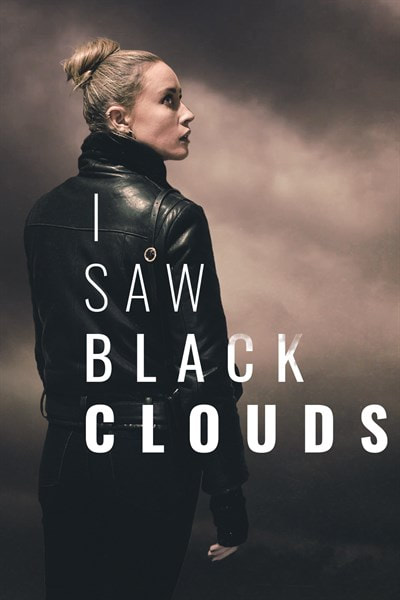
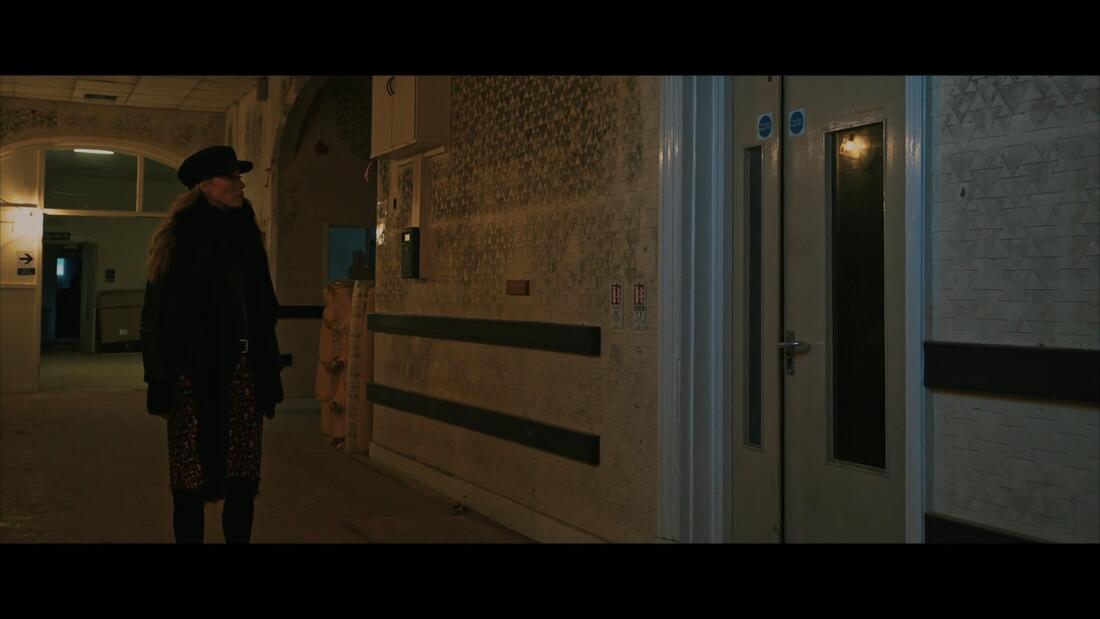
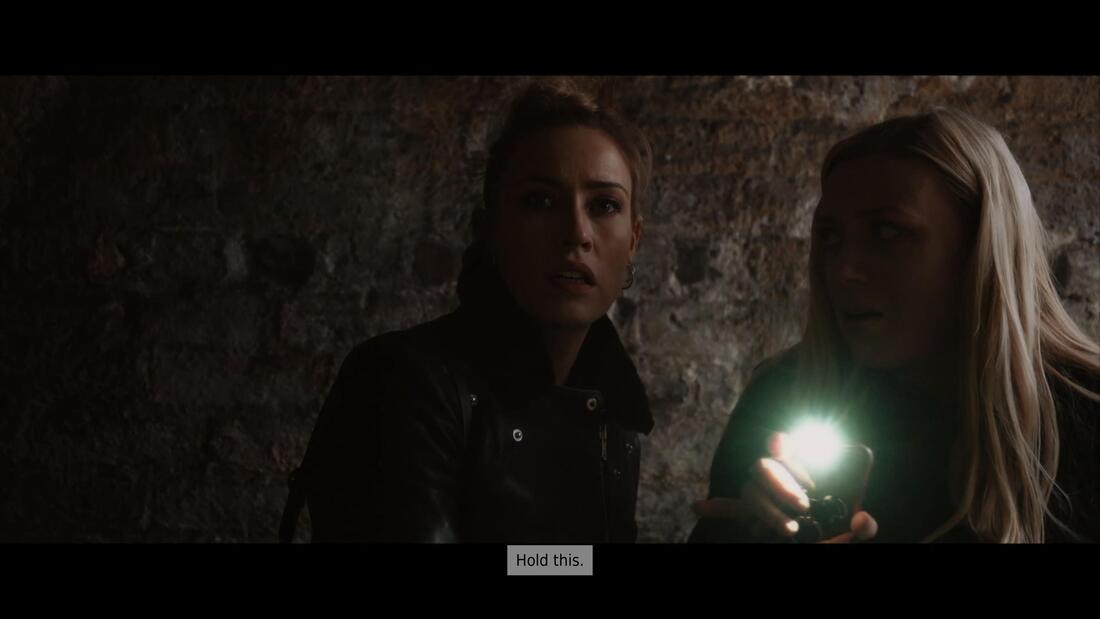
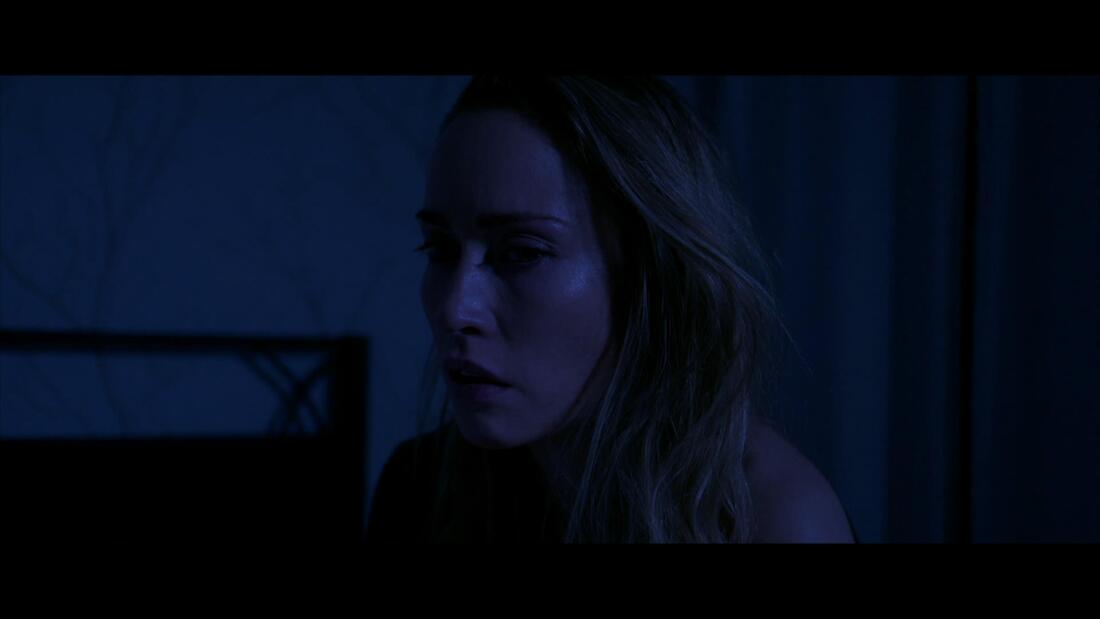
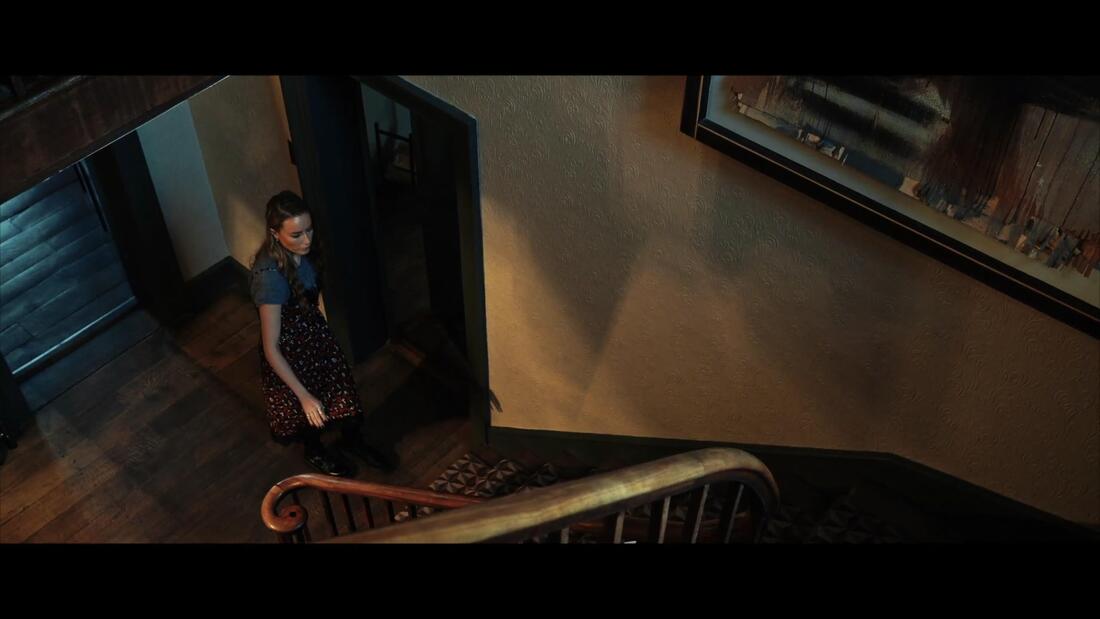


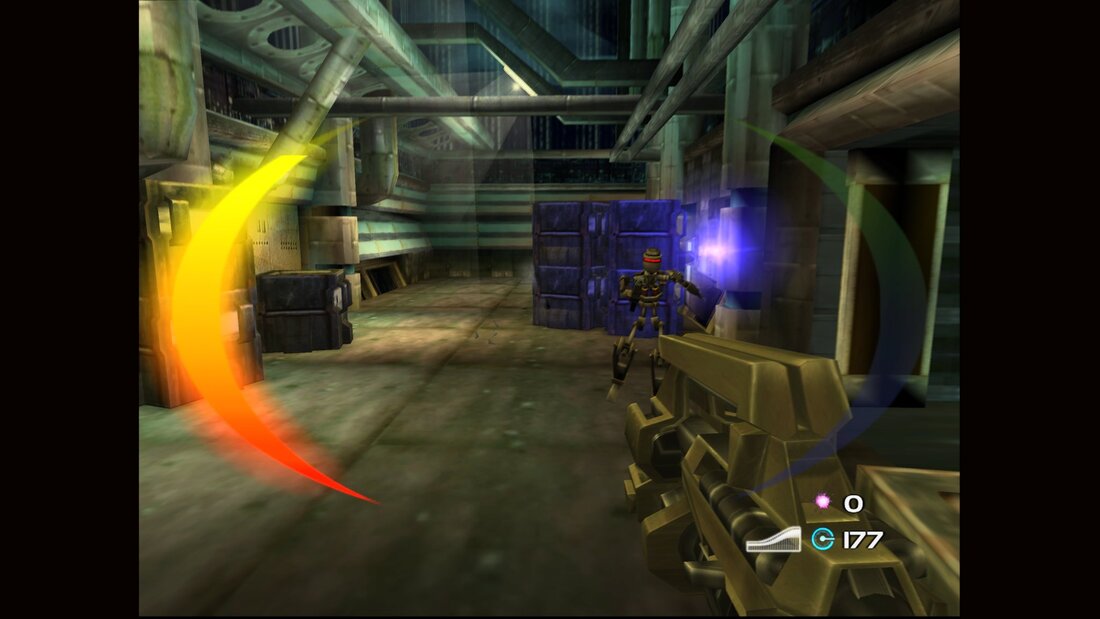

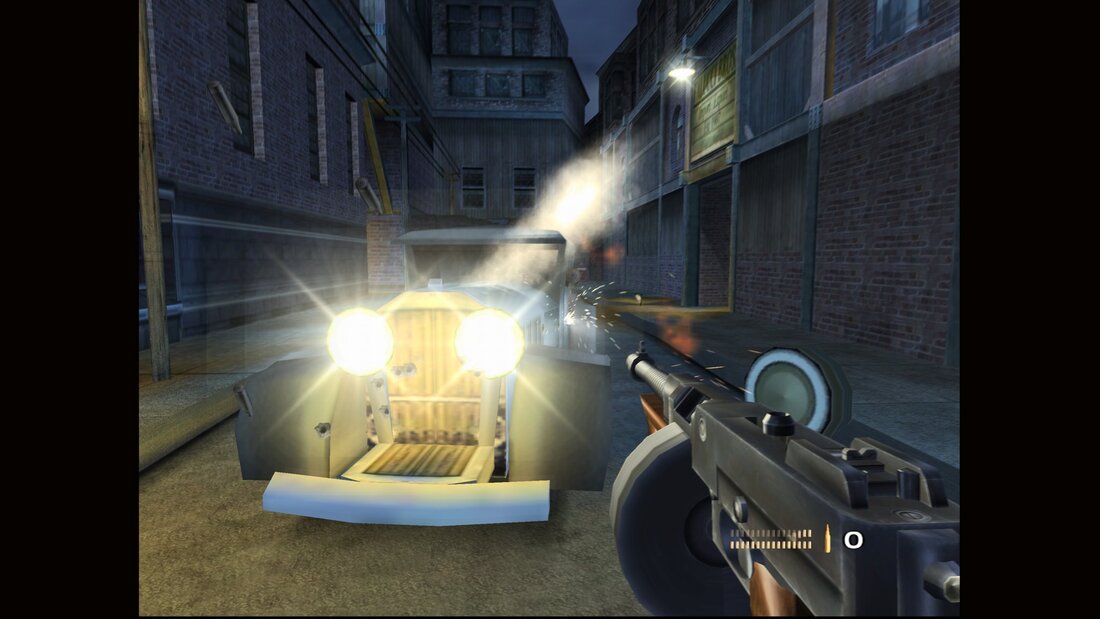

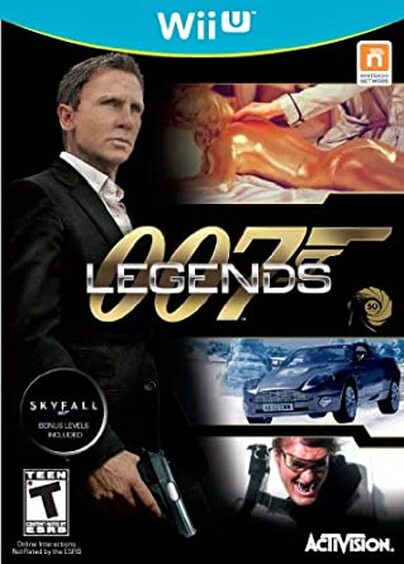
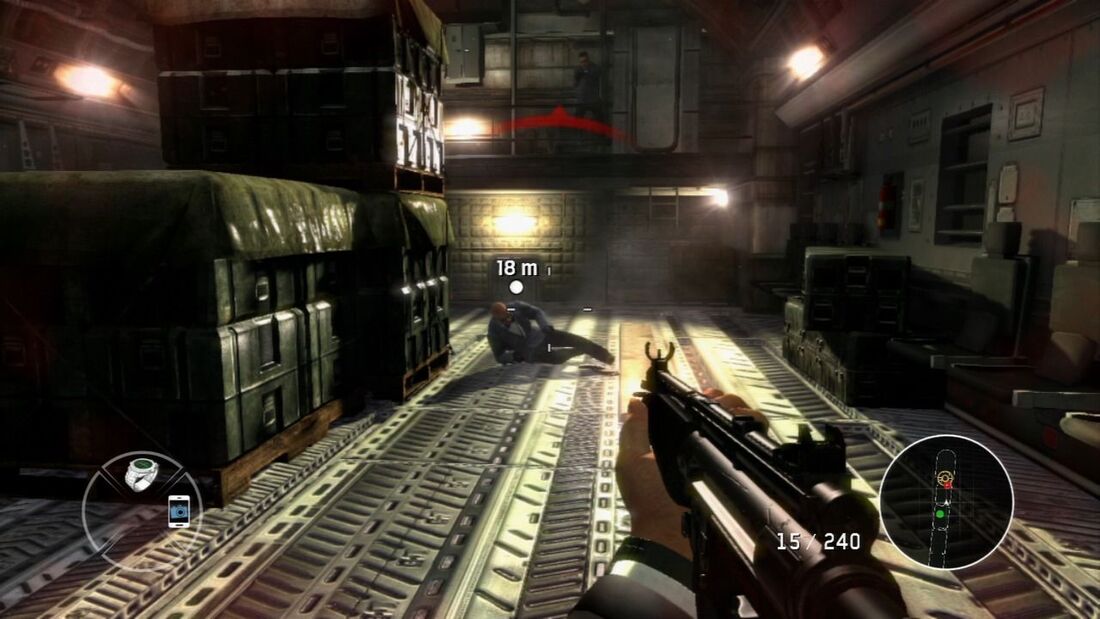

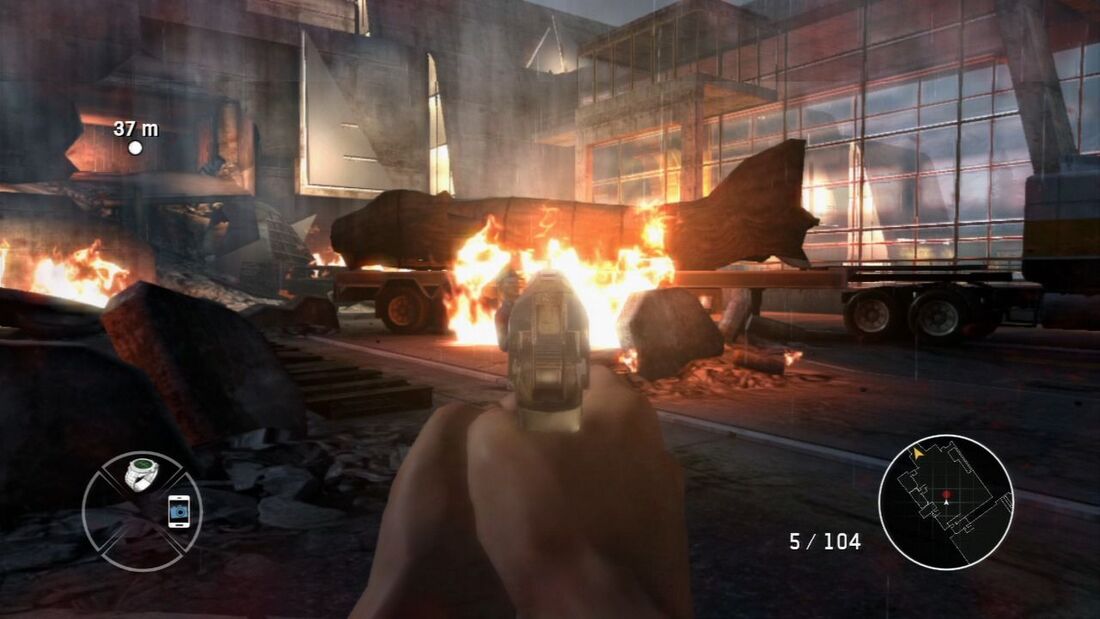

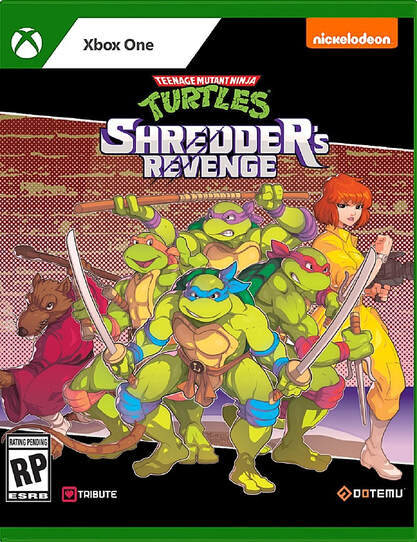

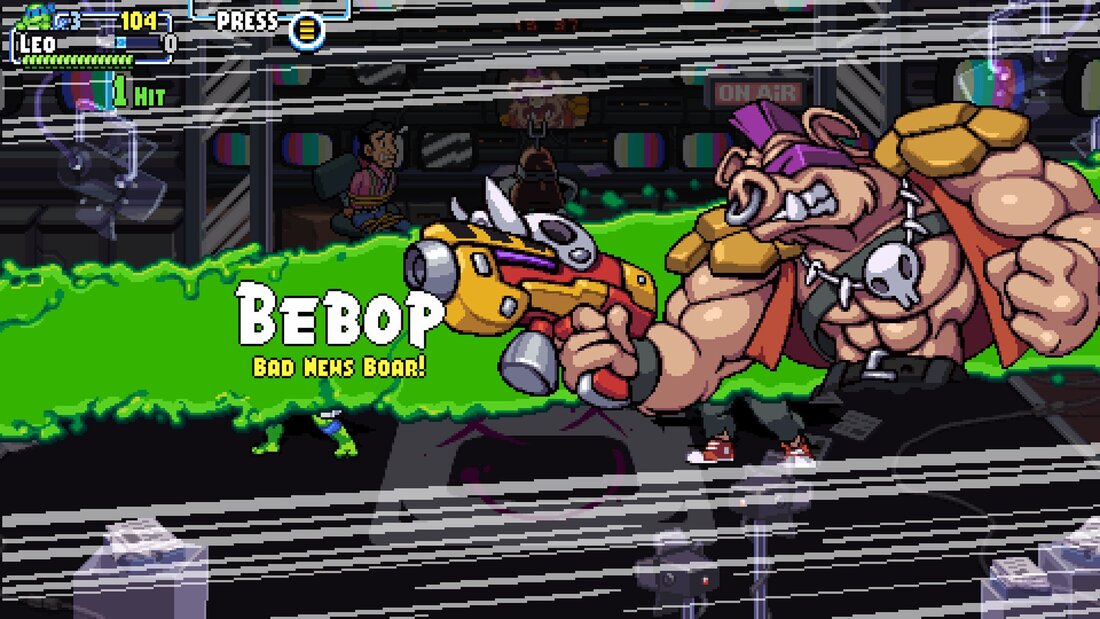
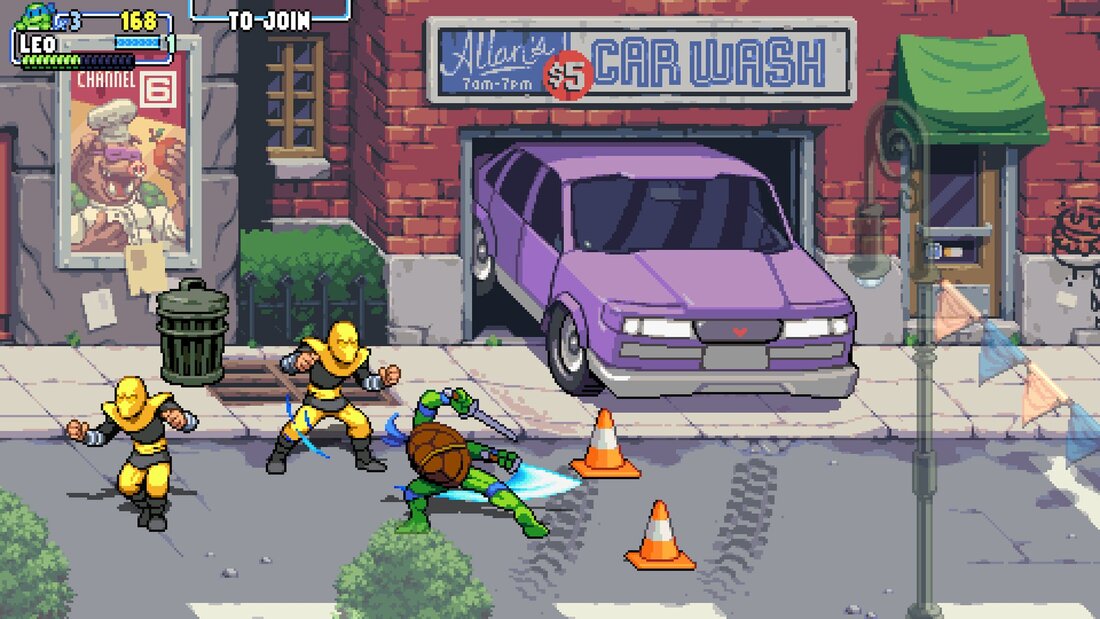

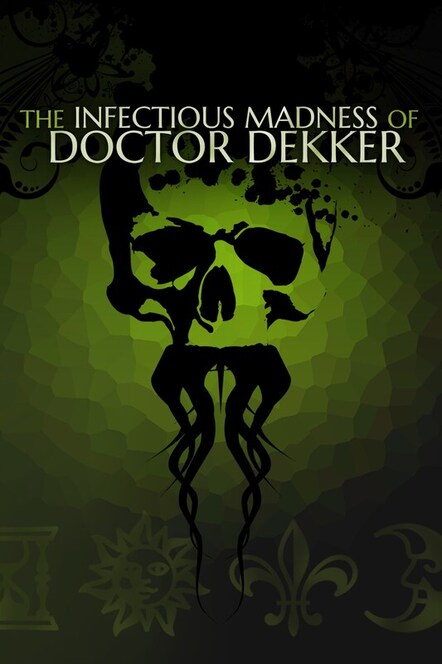

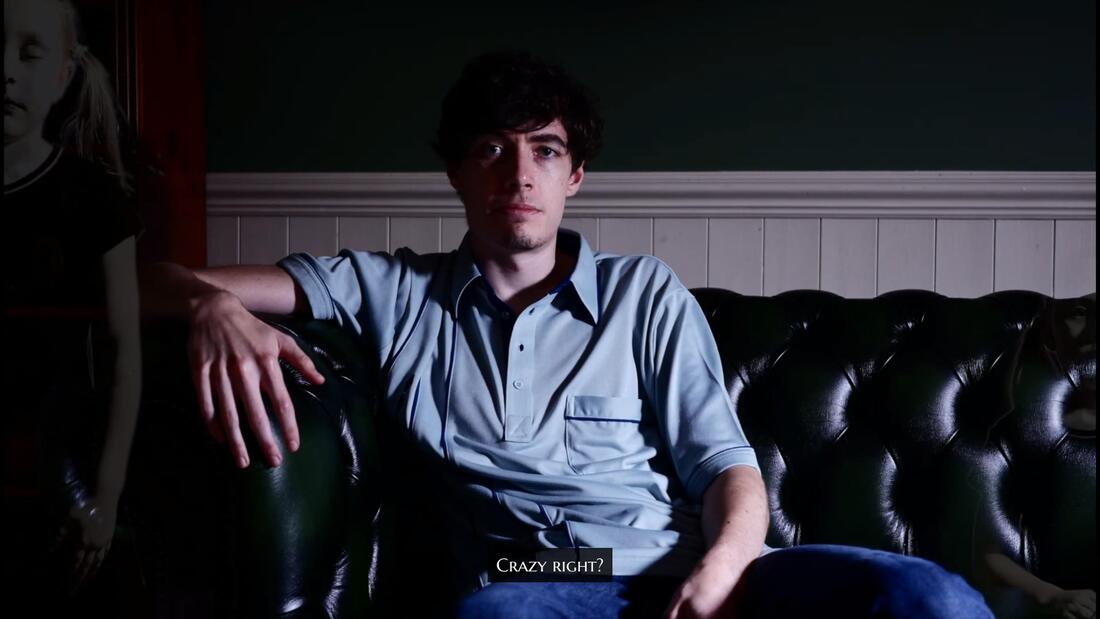


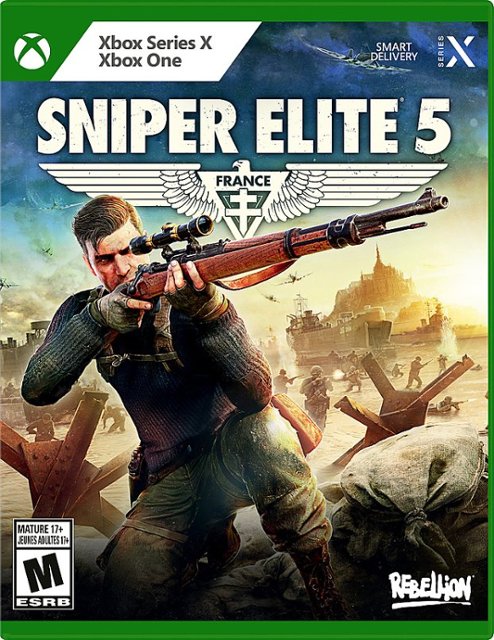
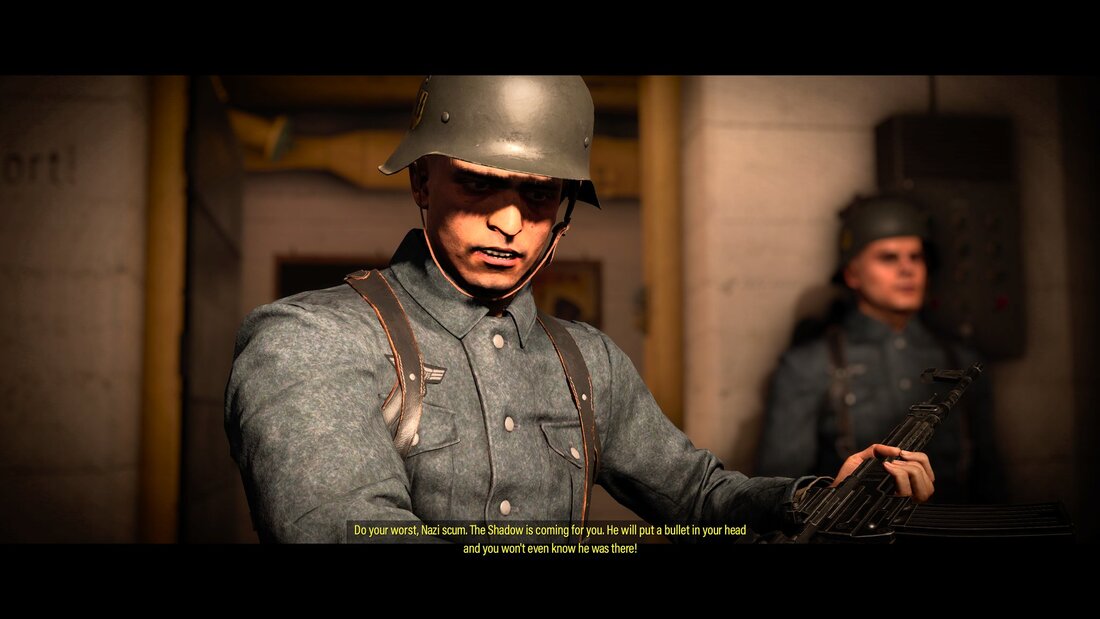
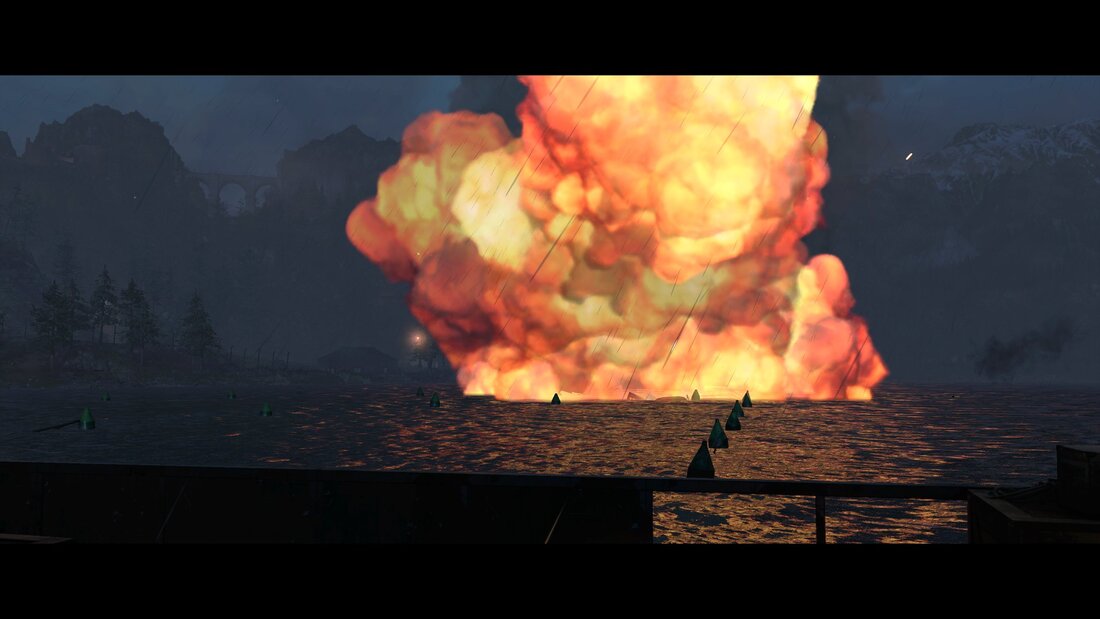
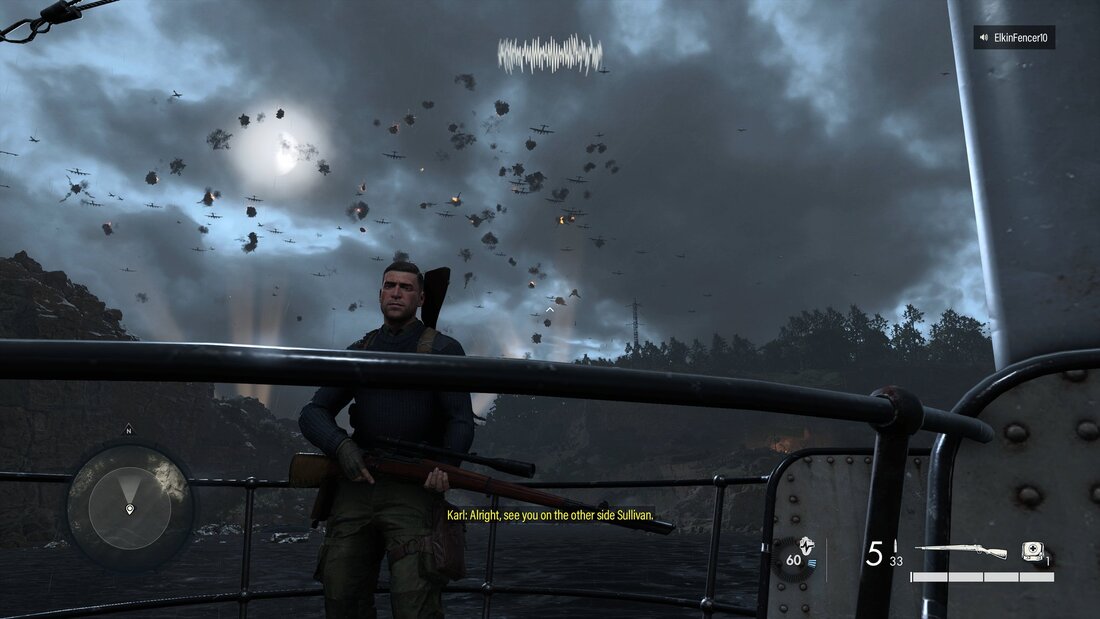
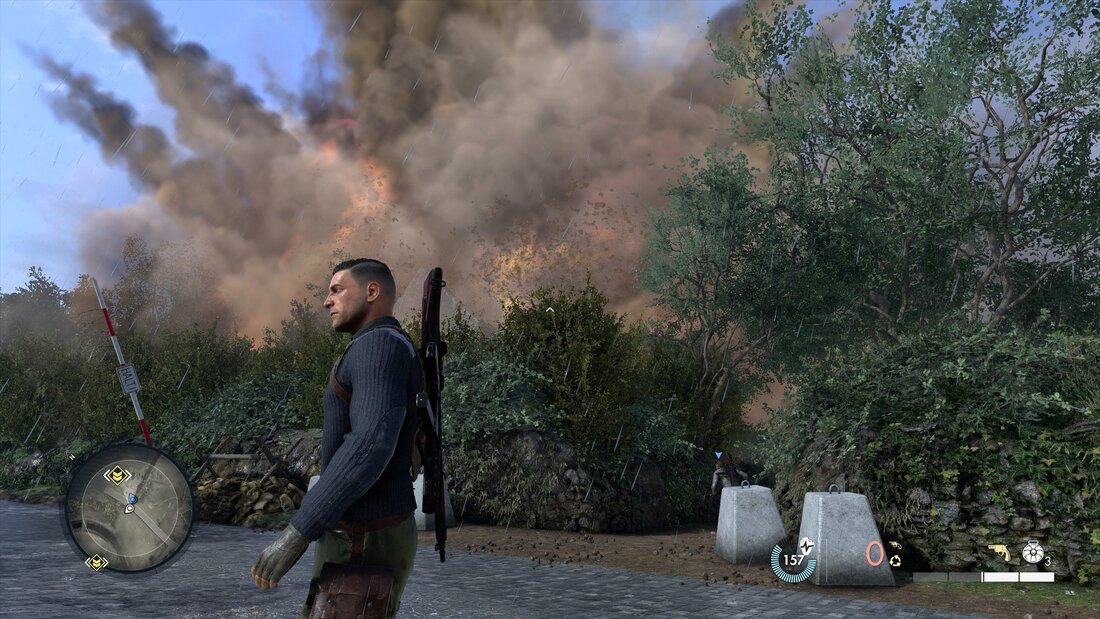

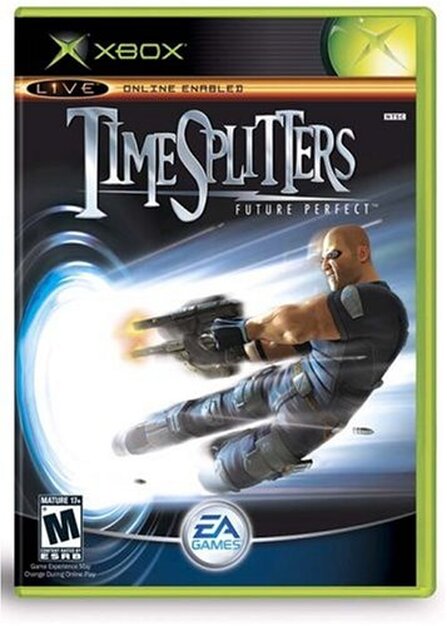
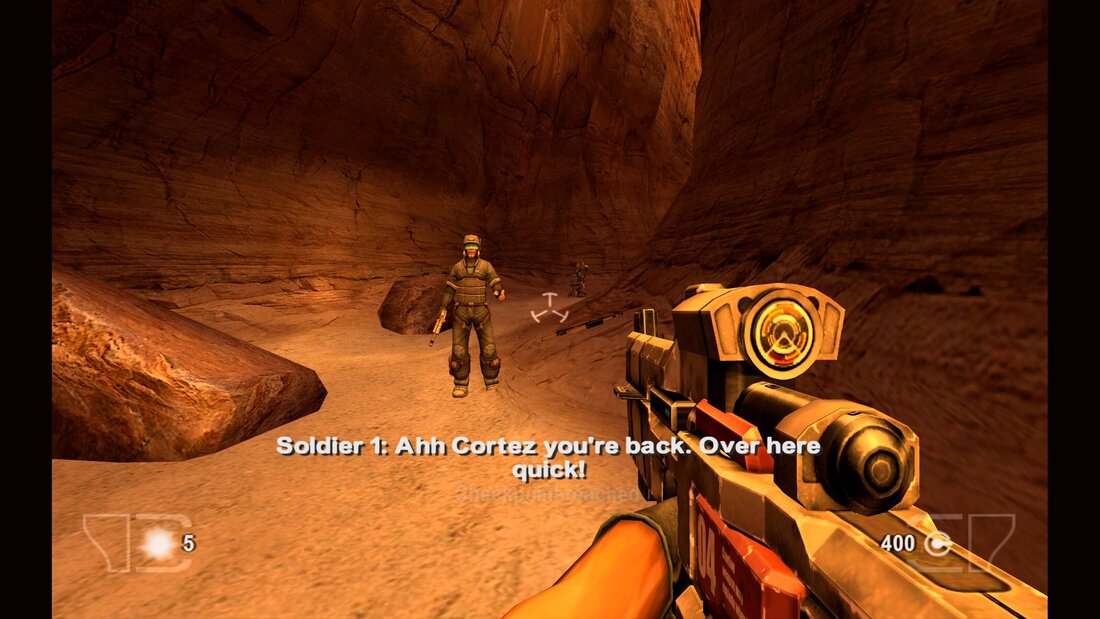
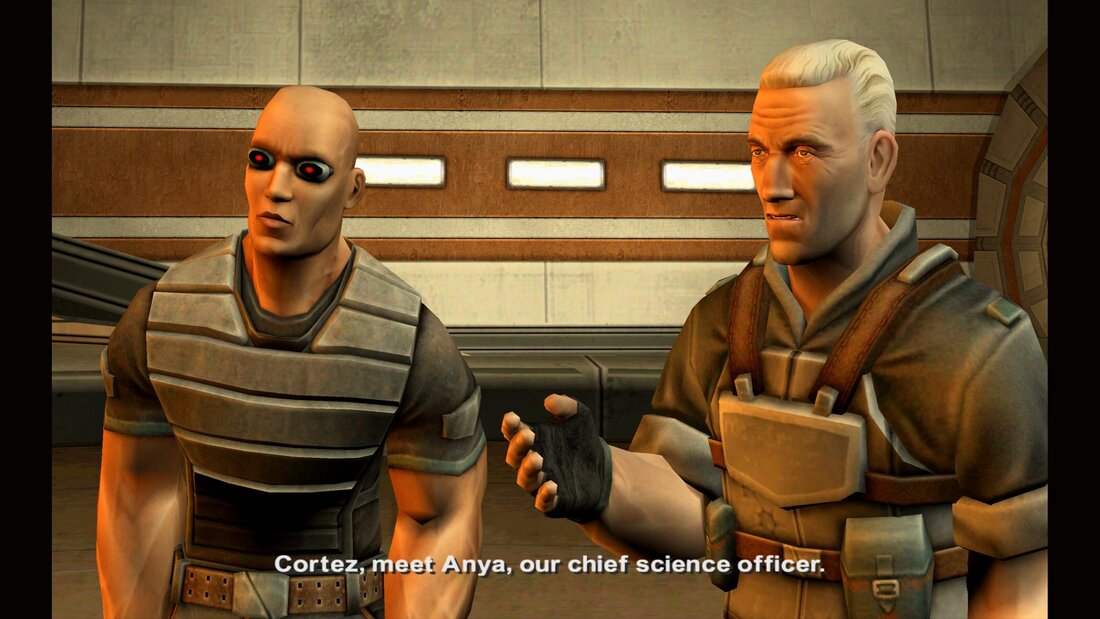
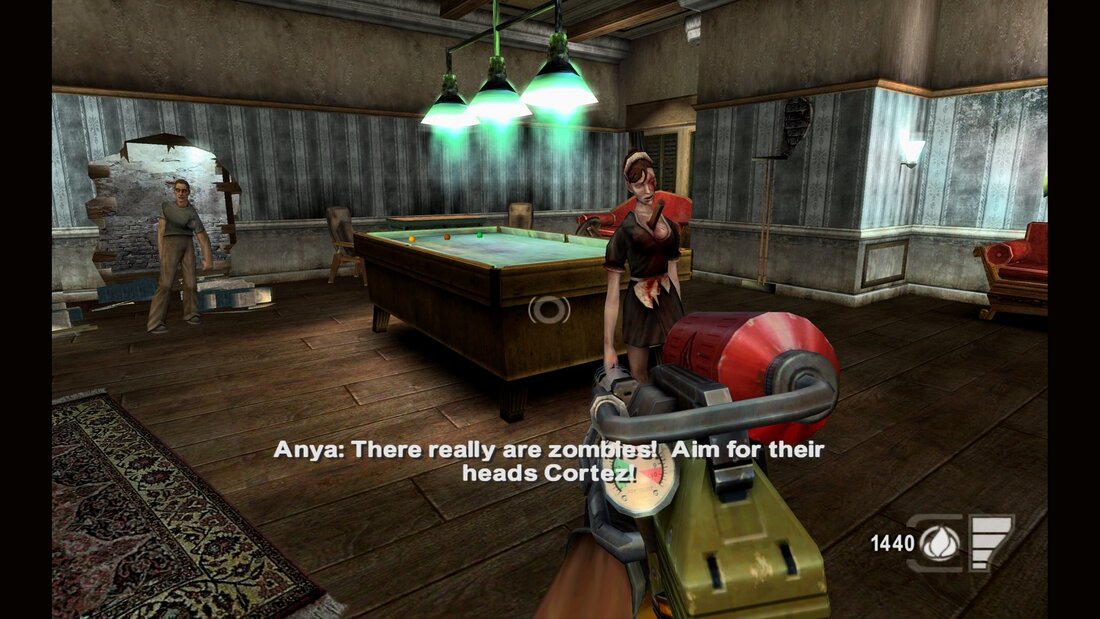

 RSS Feed
RSS Feed
